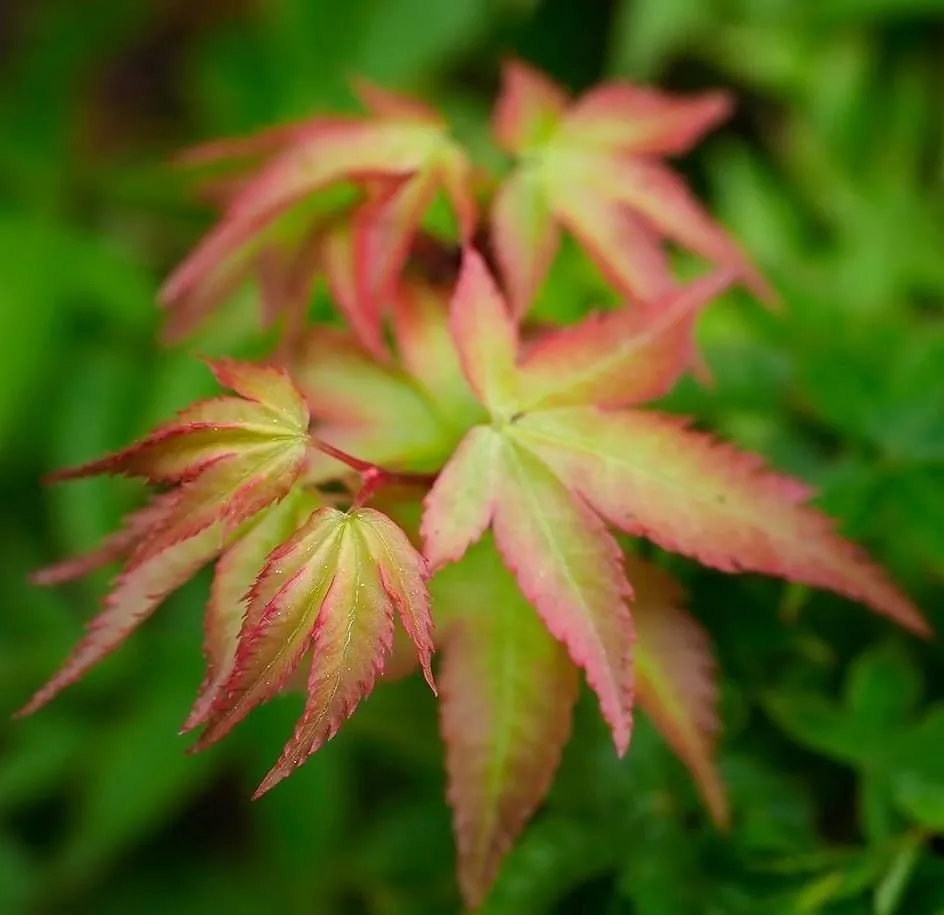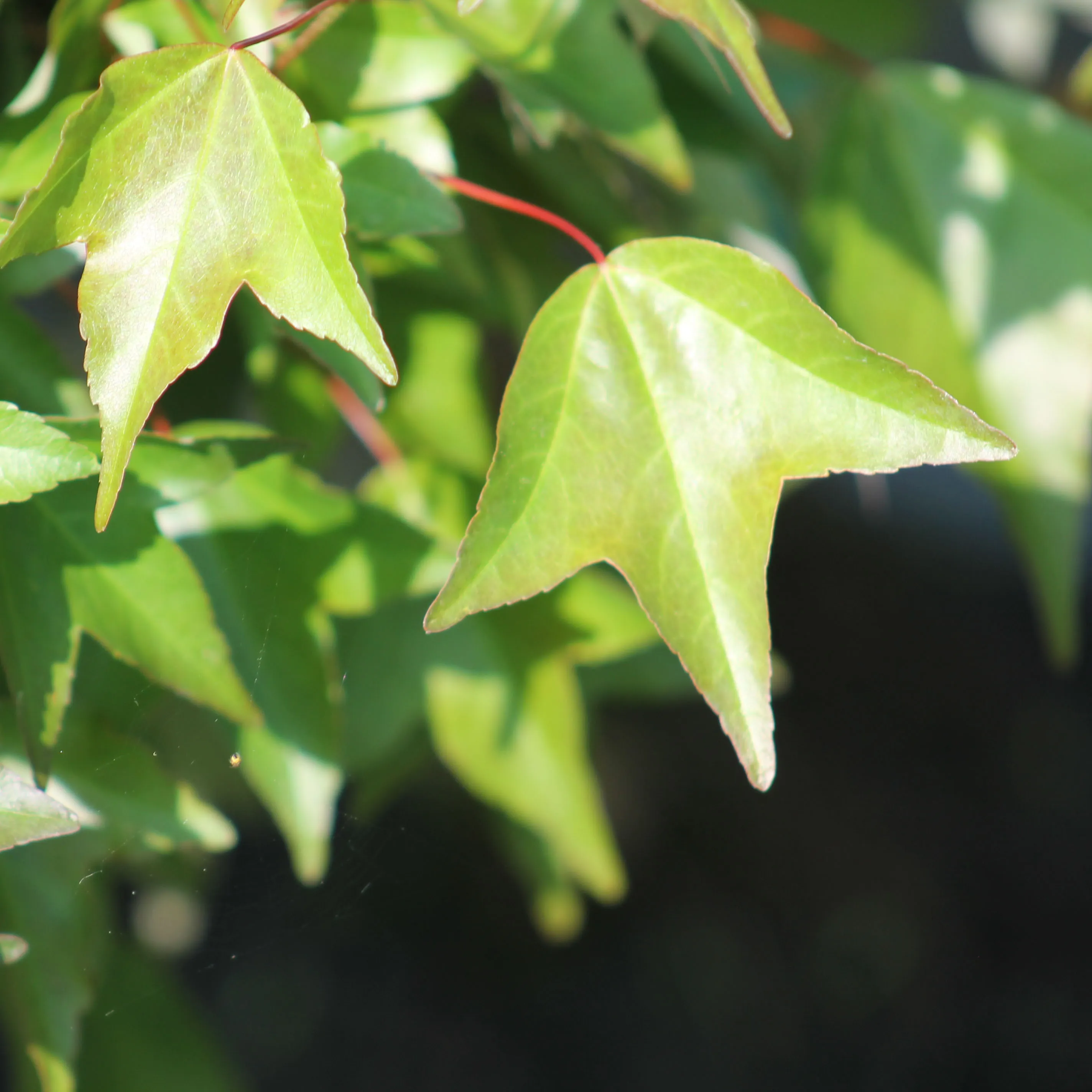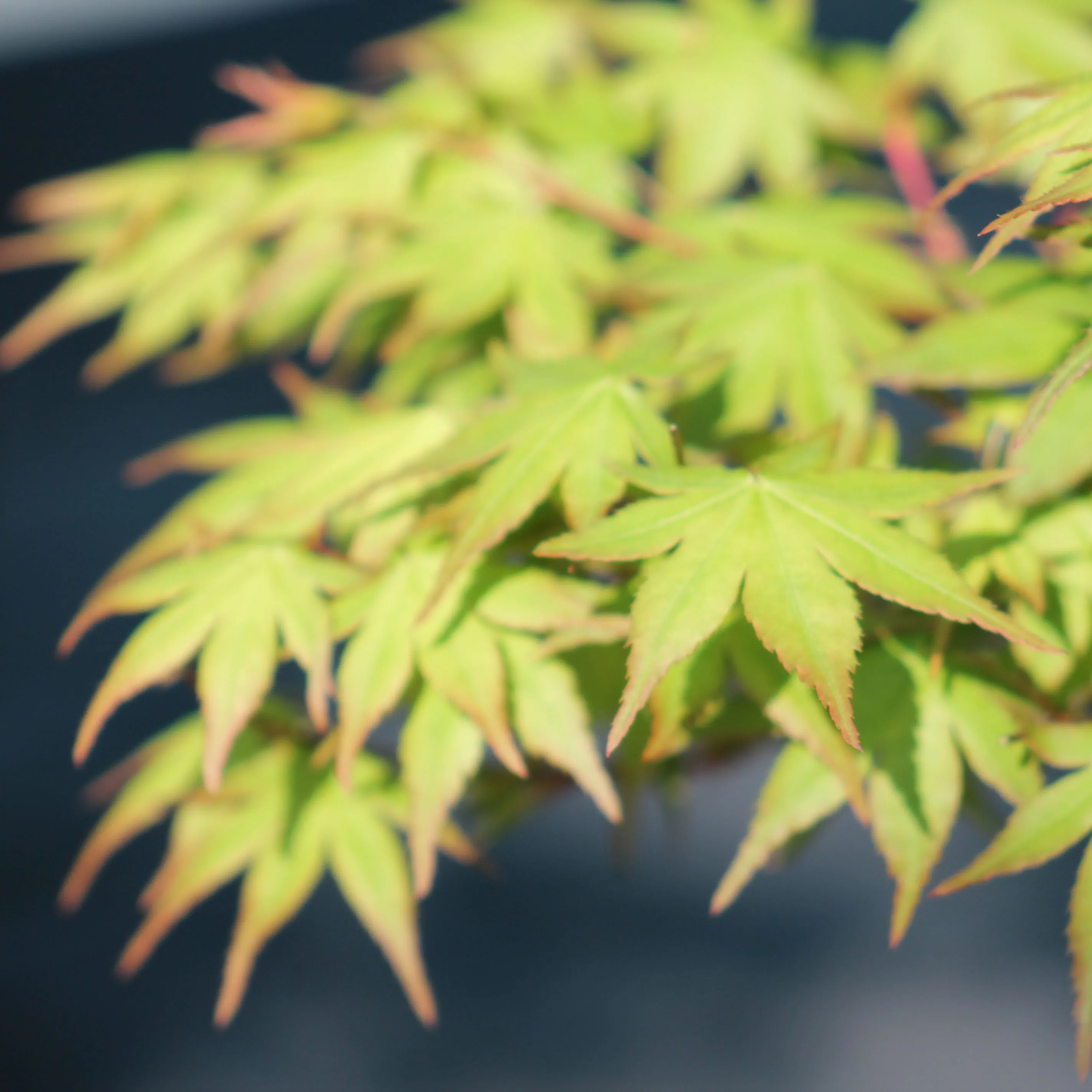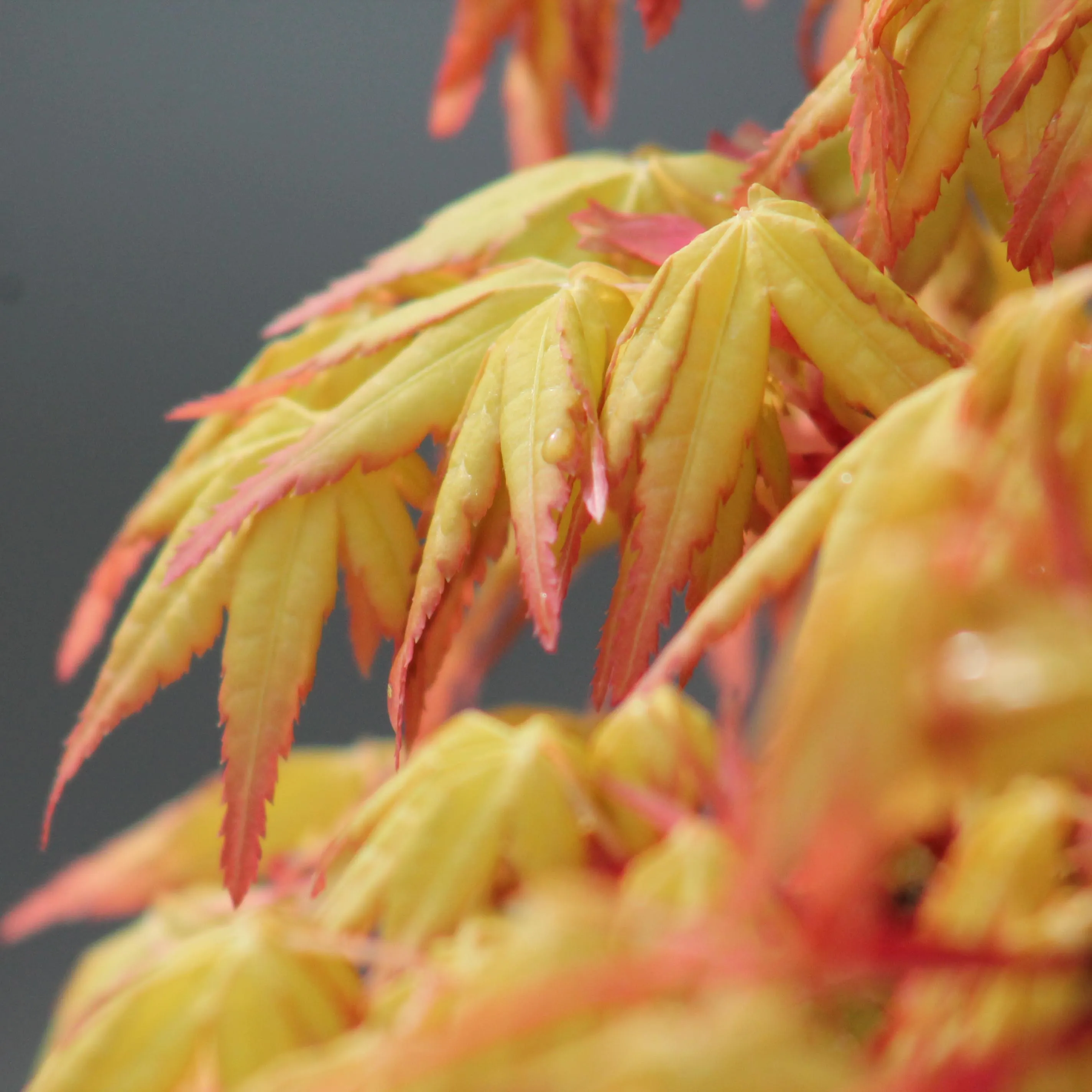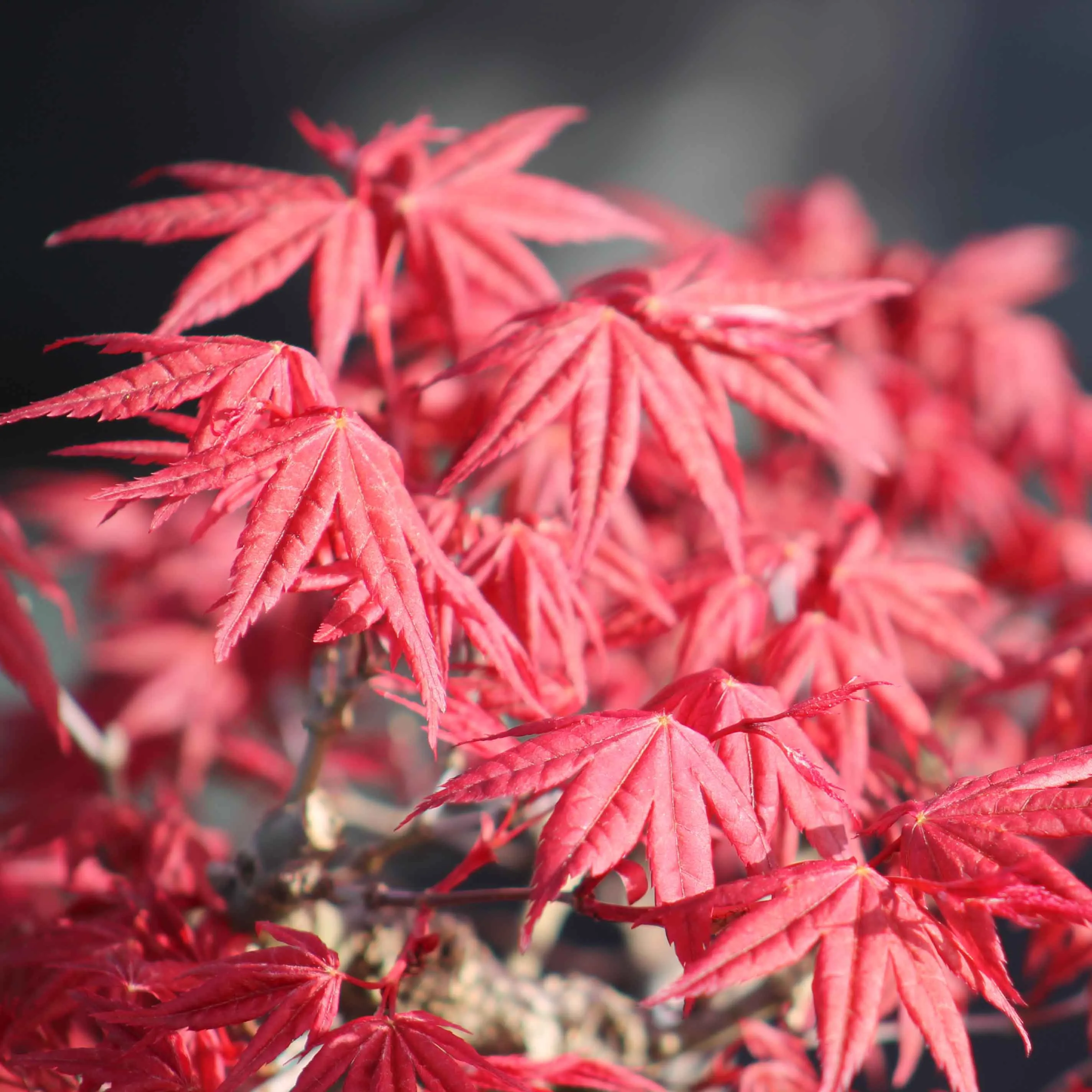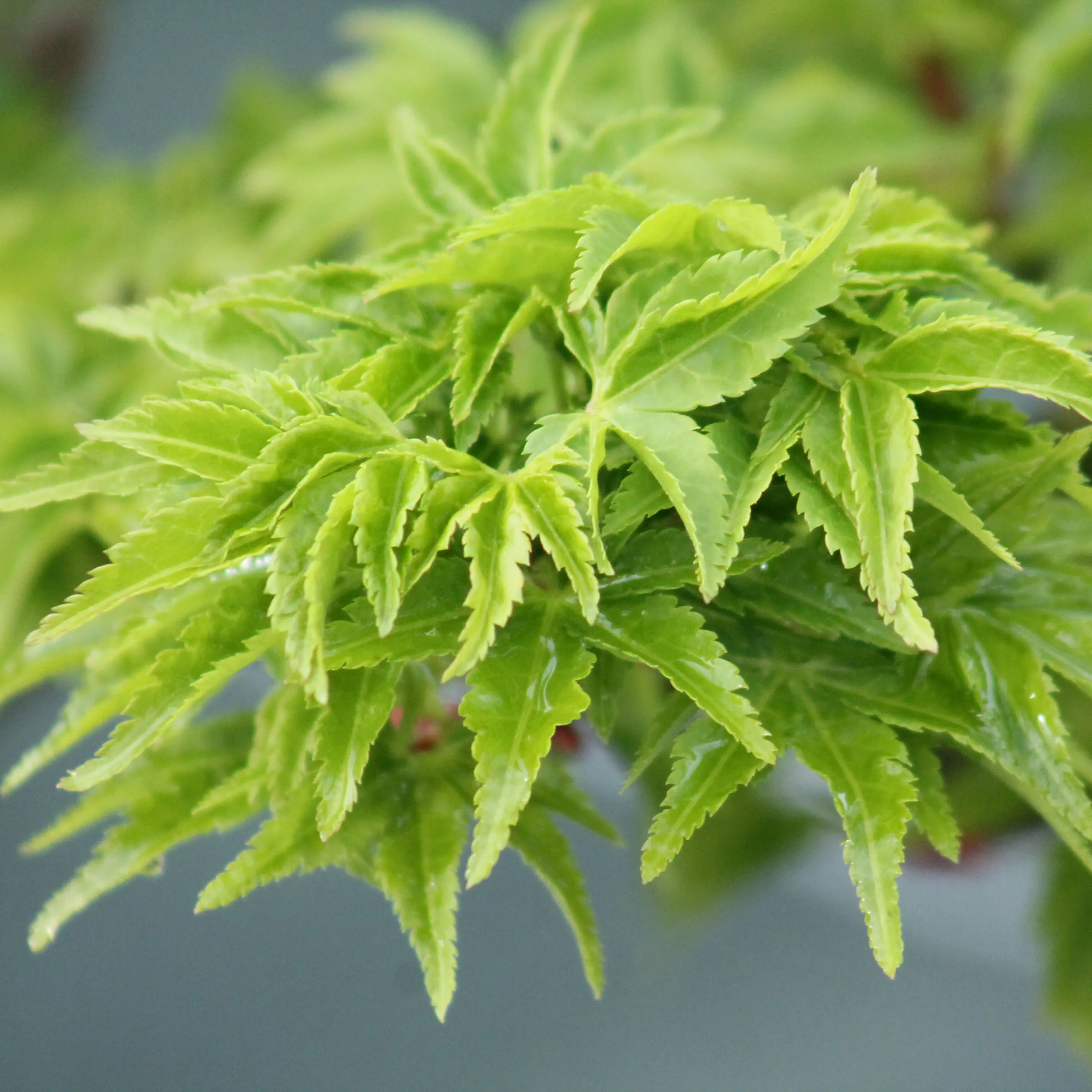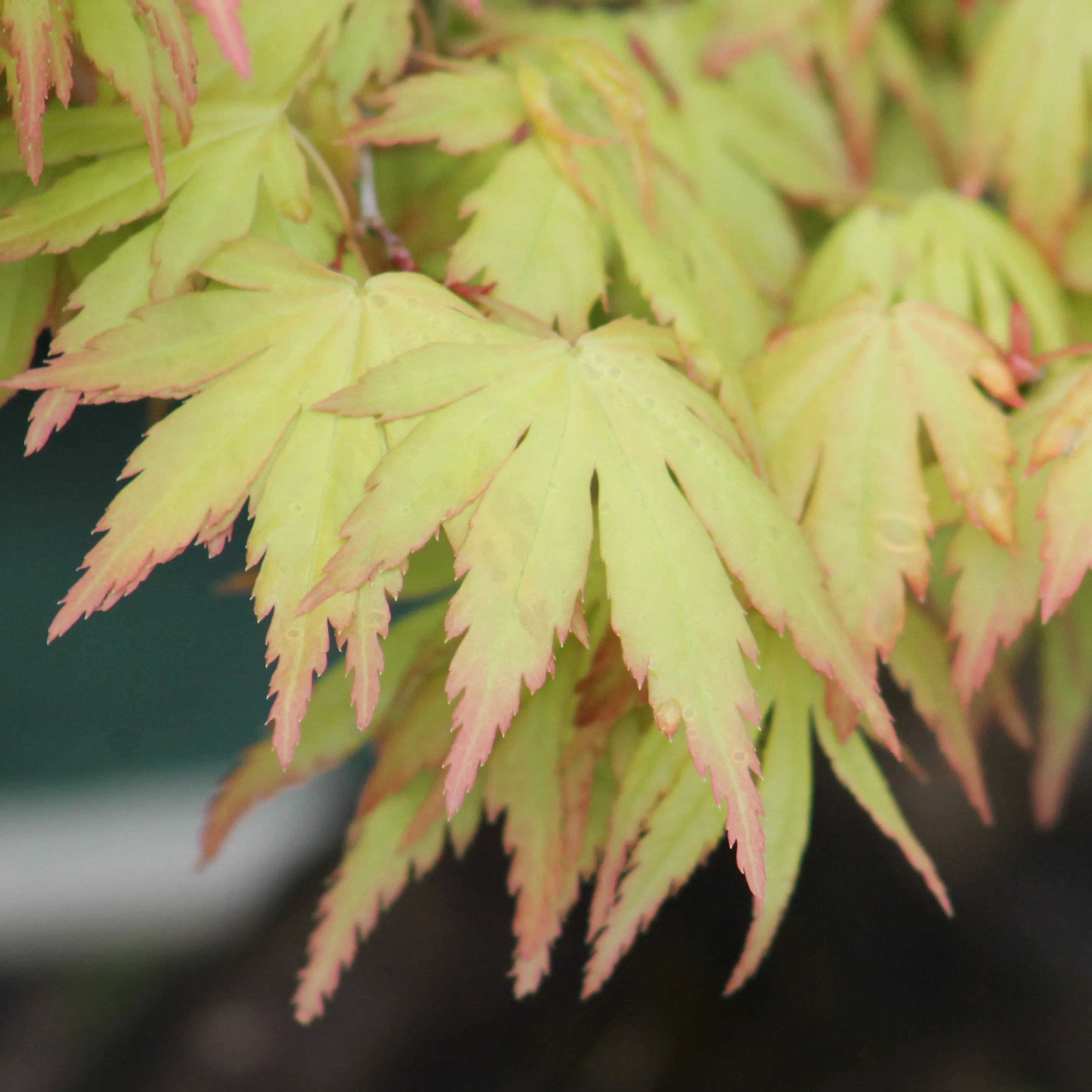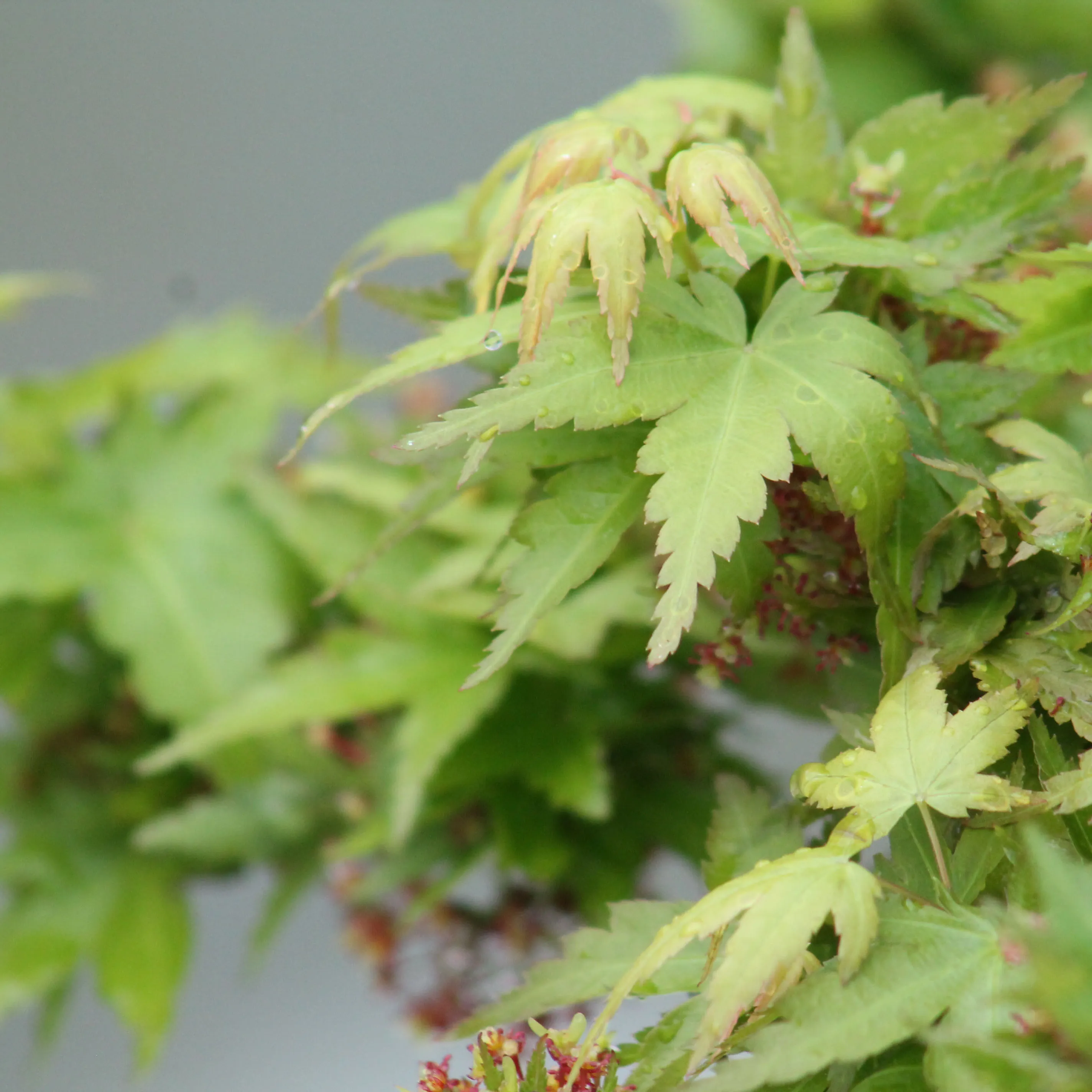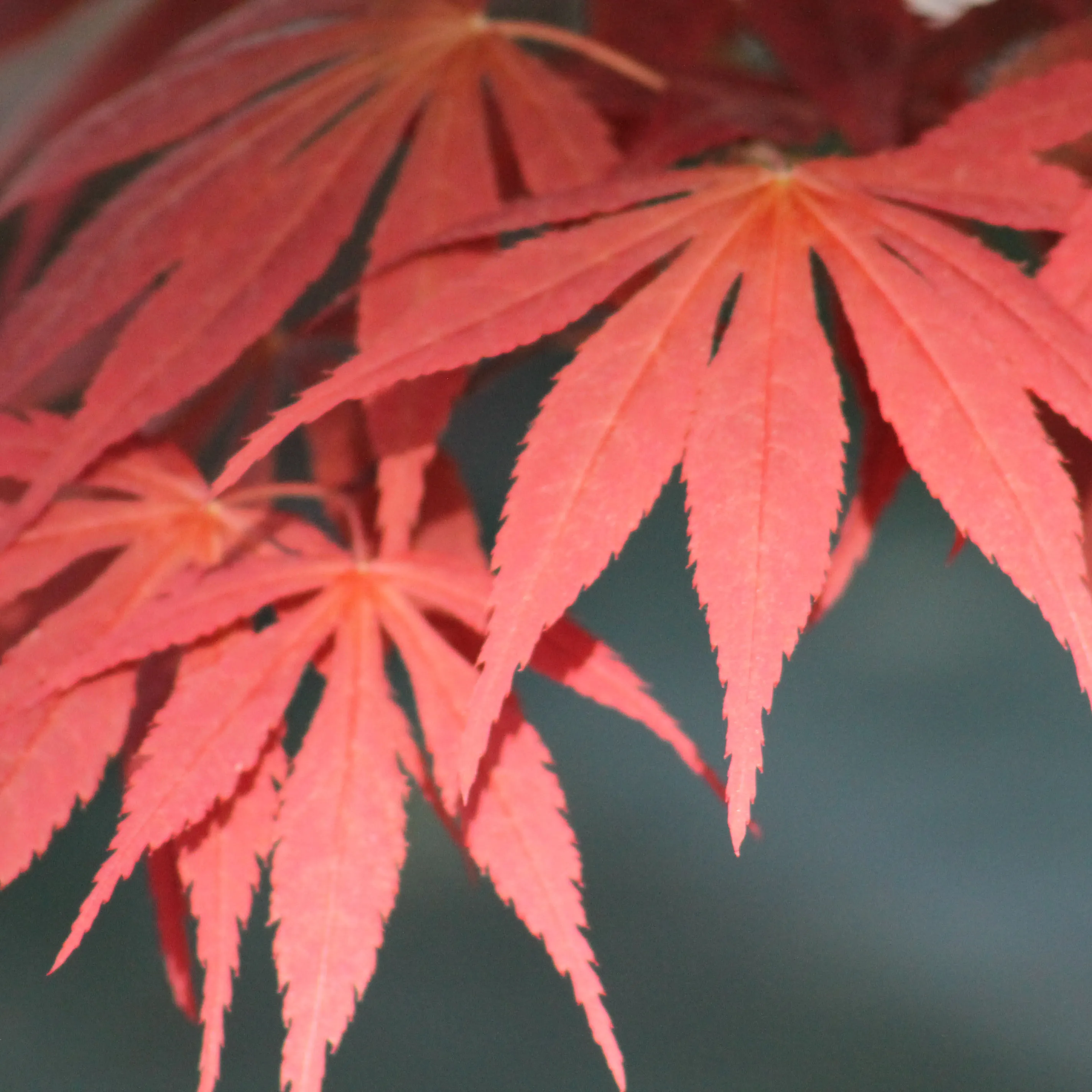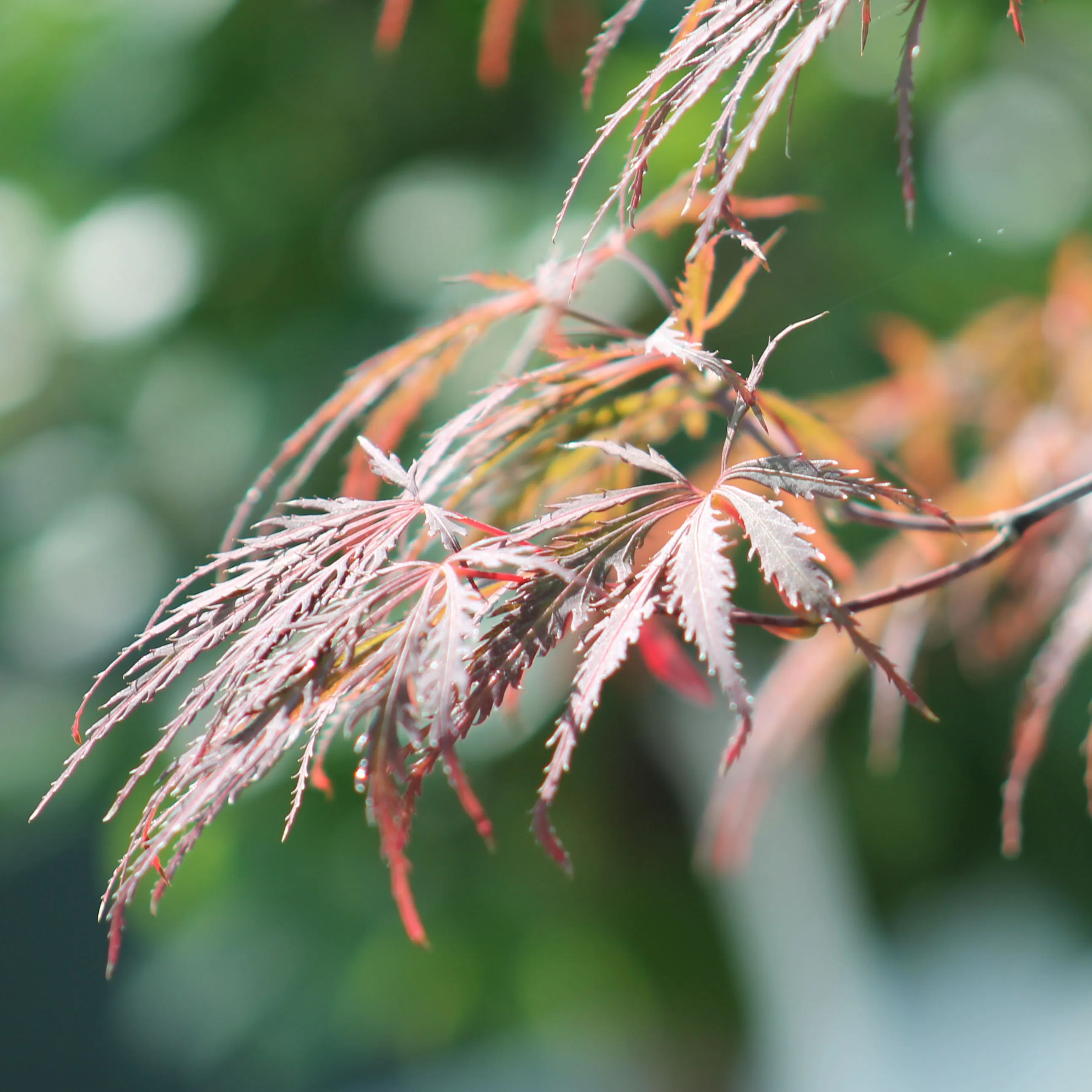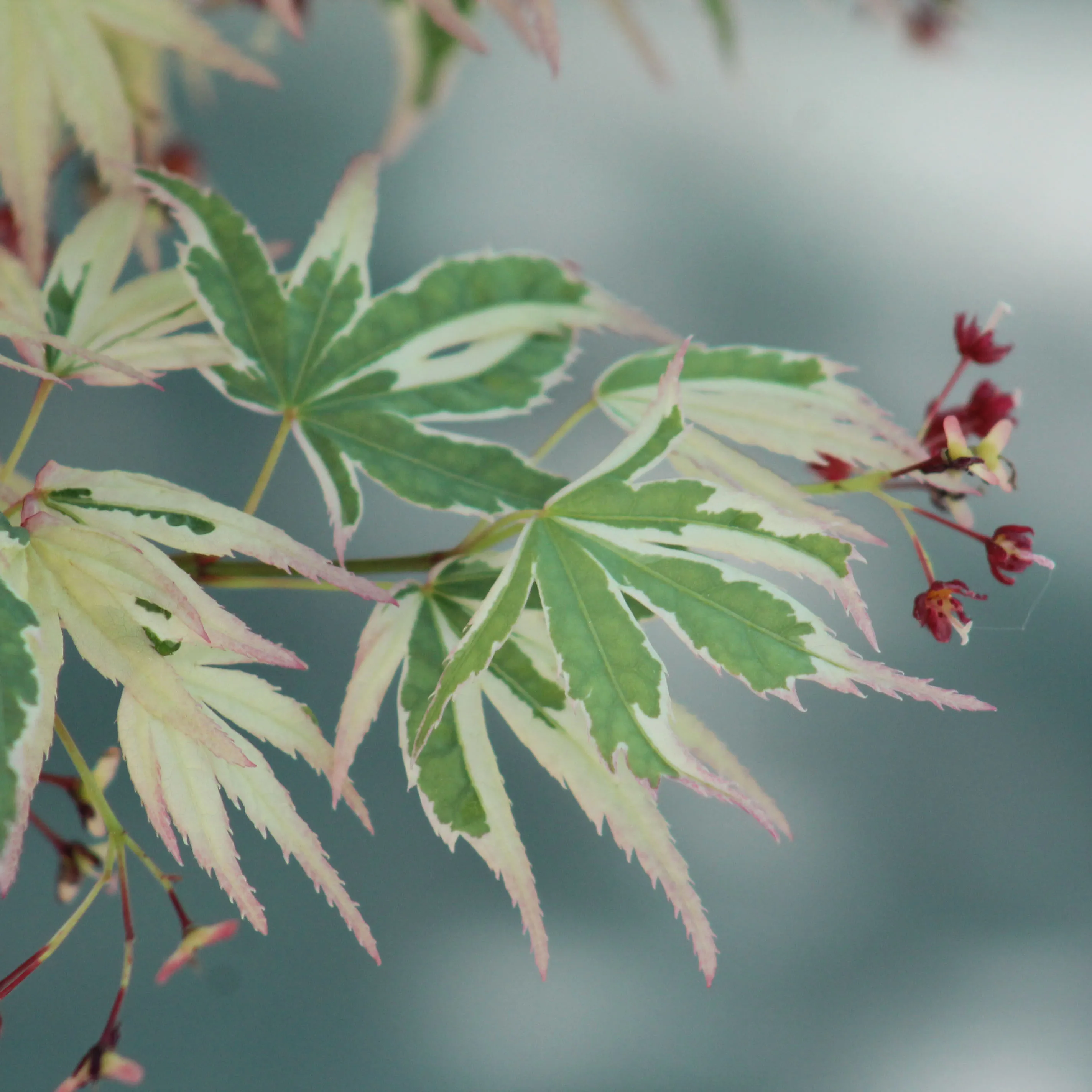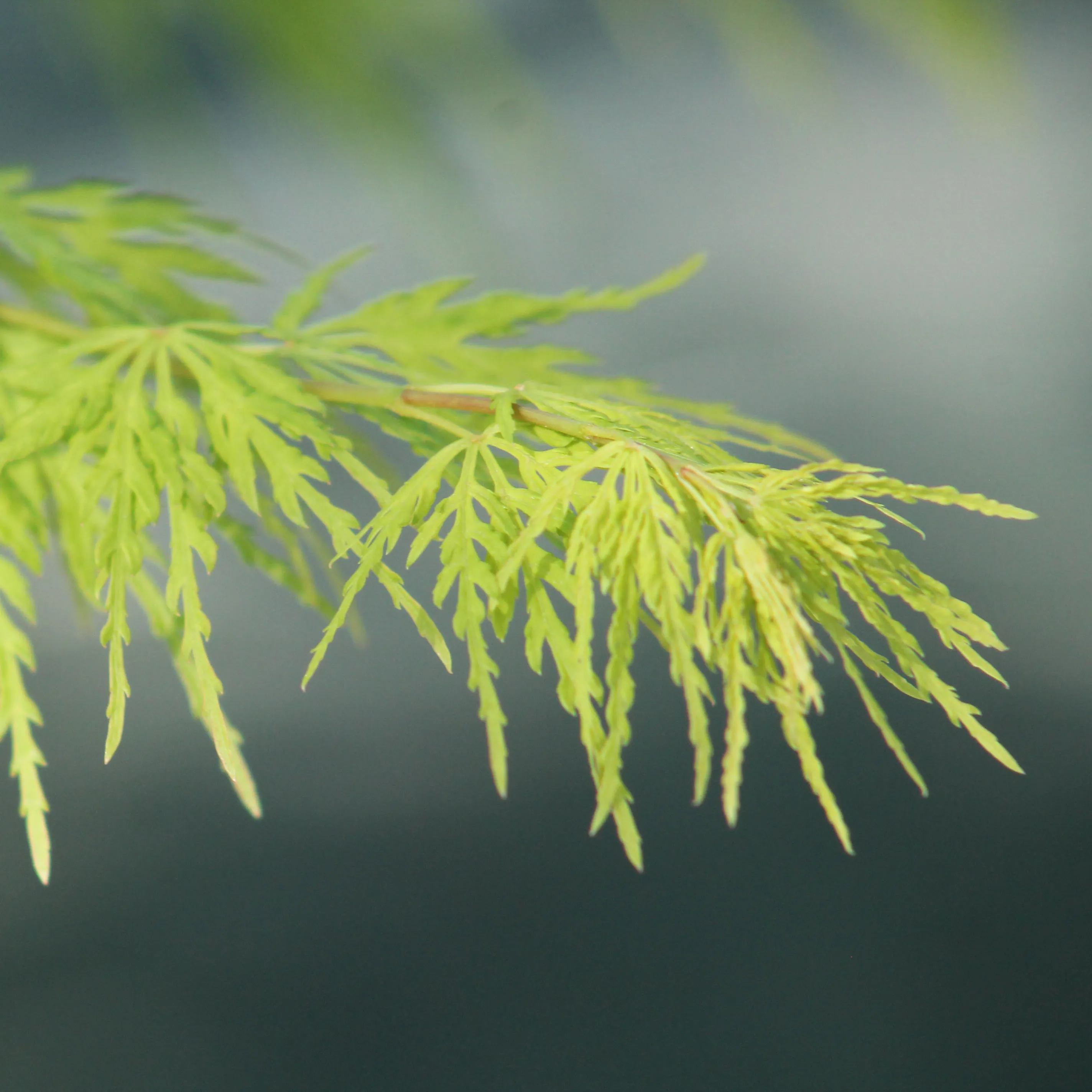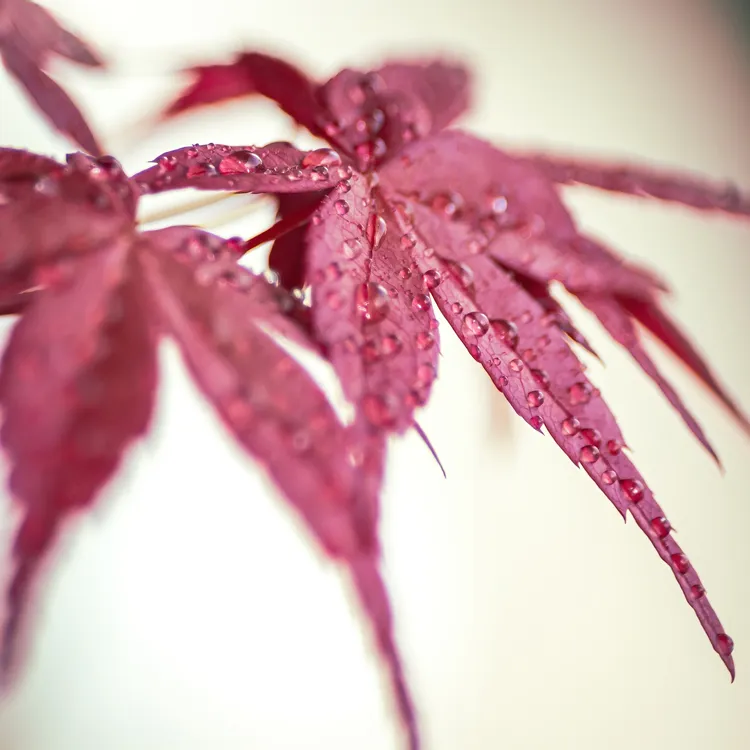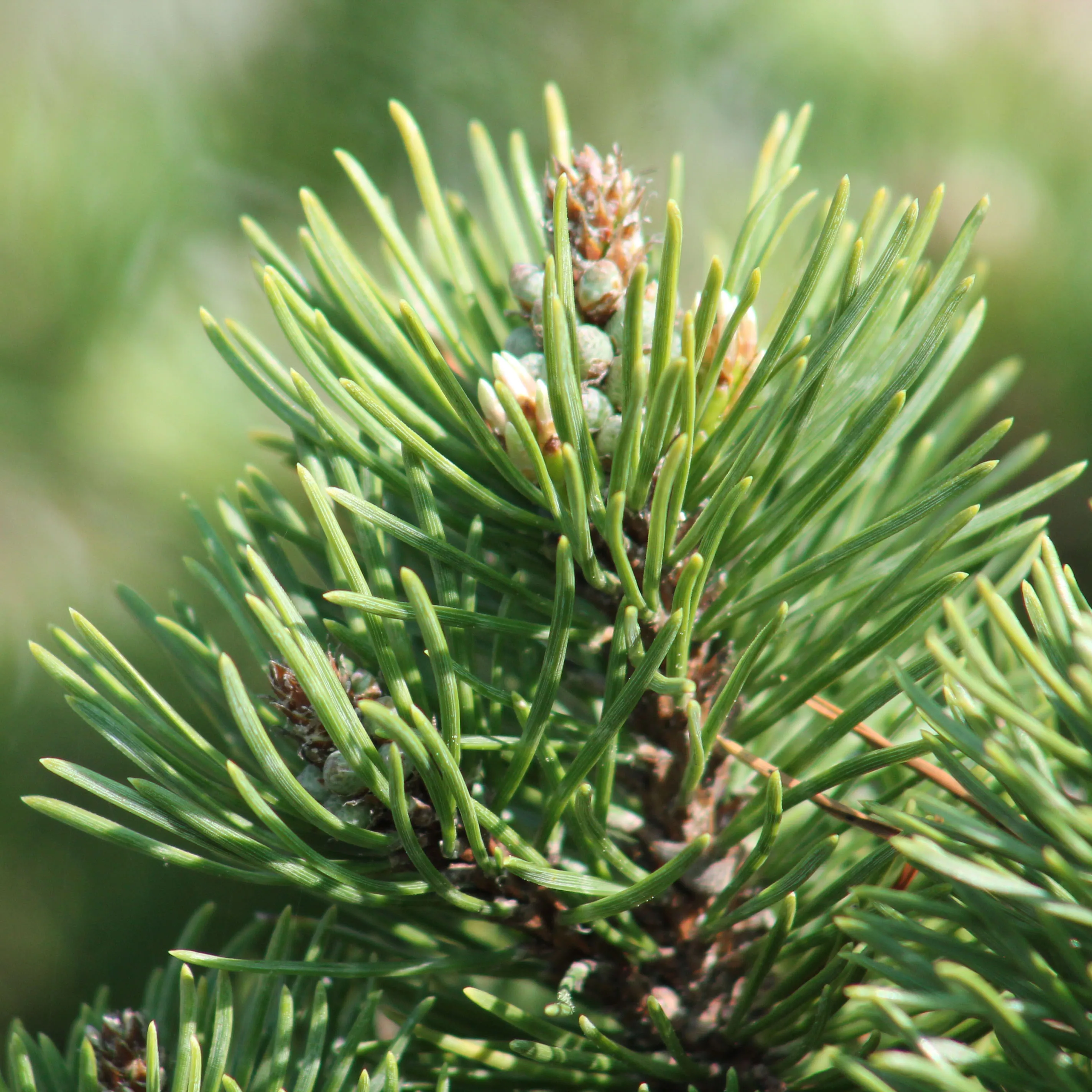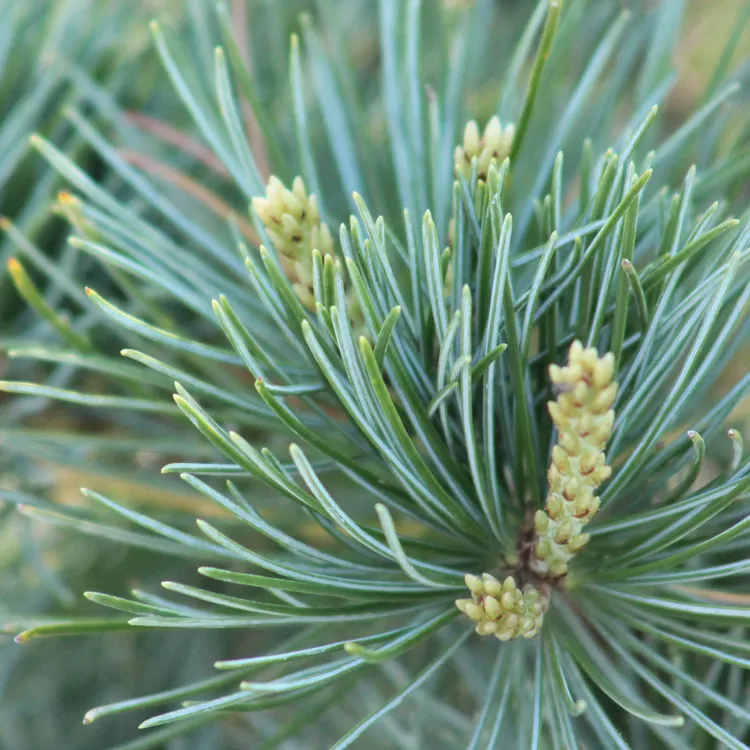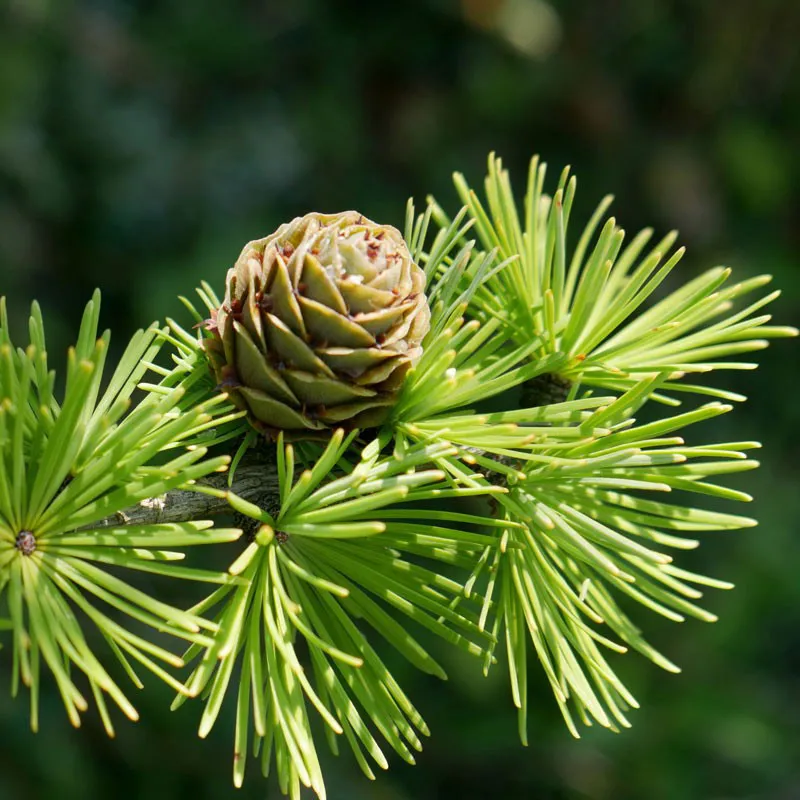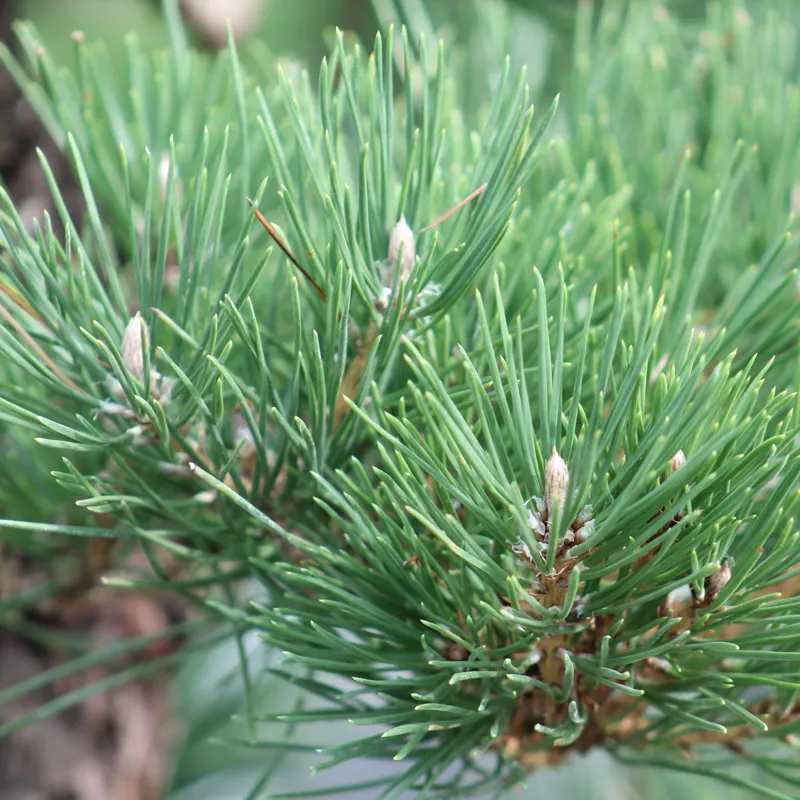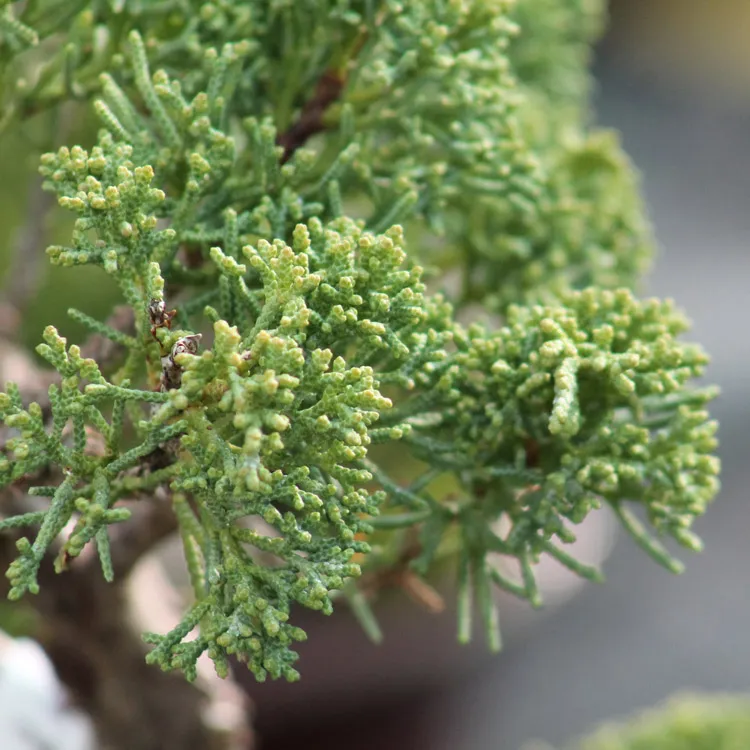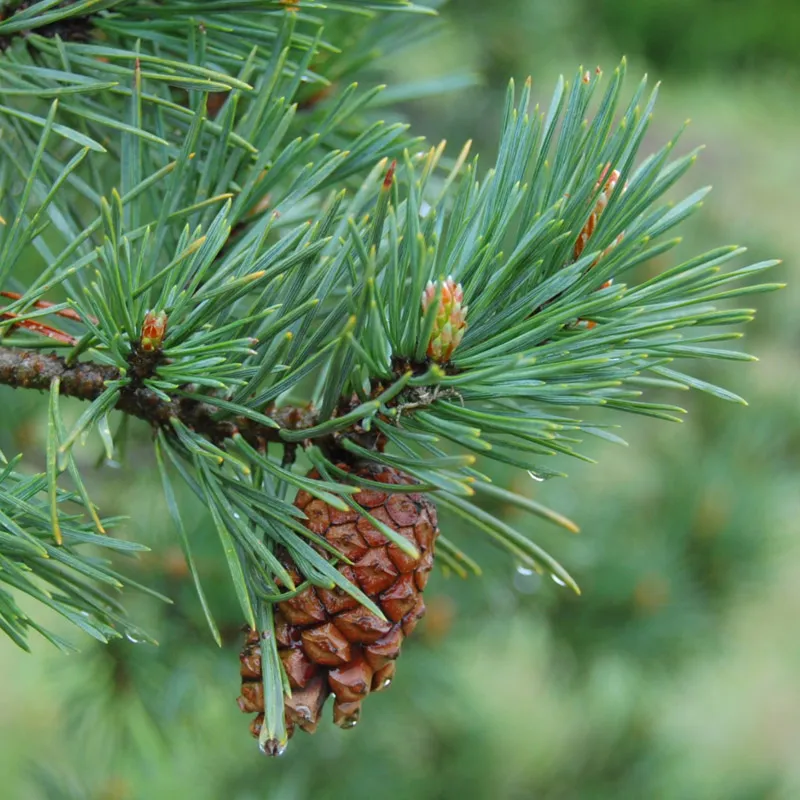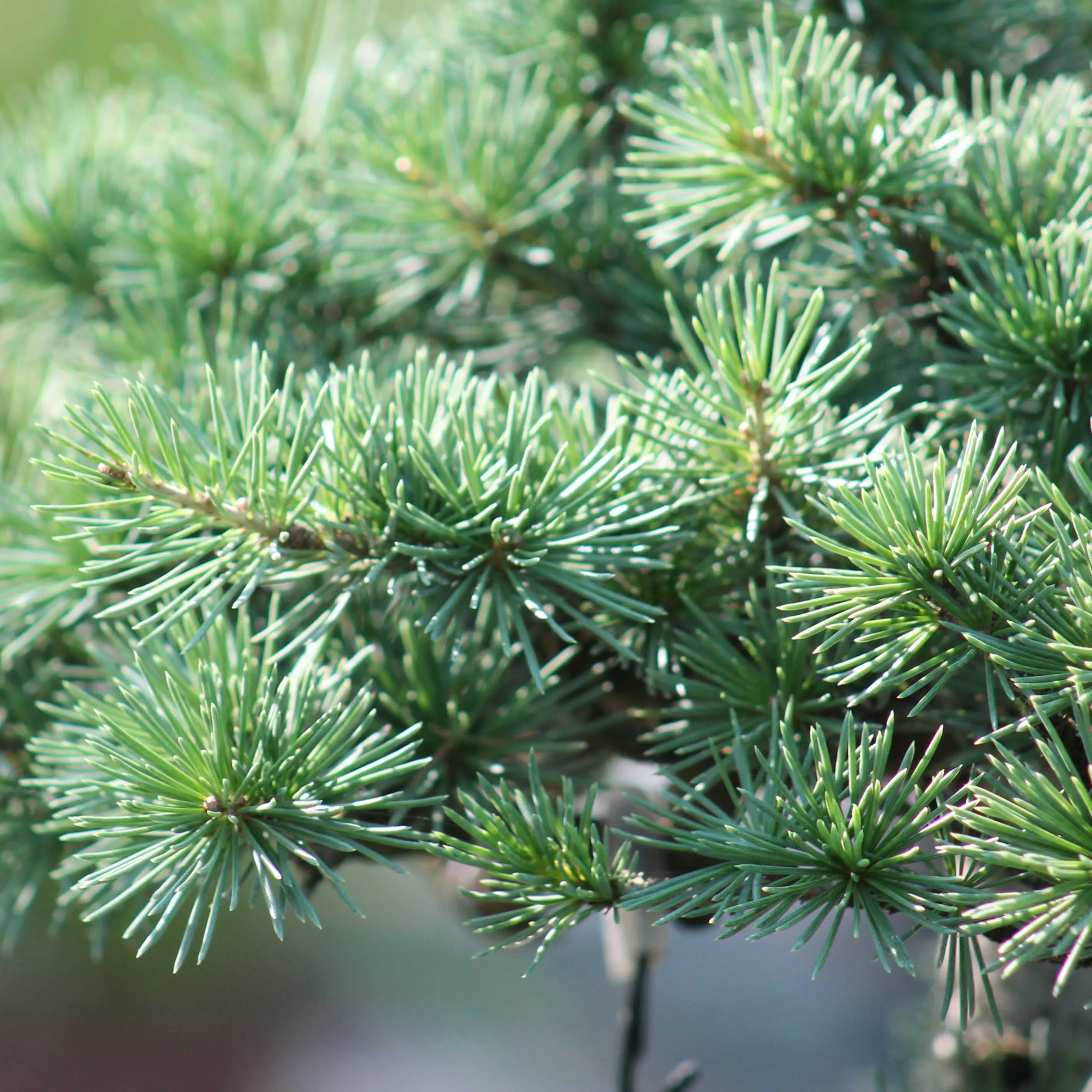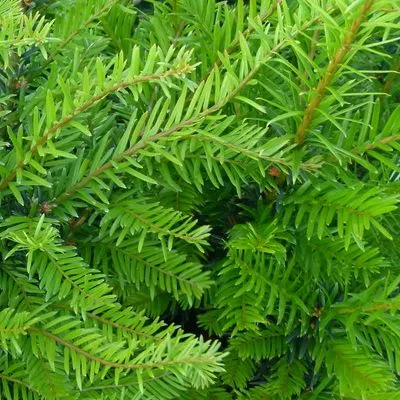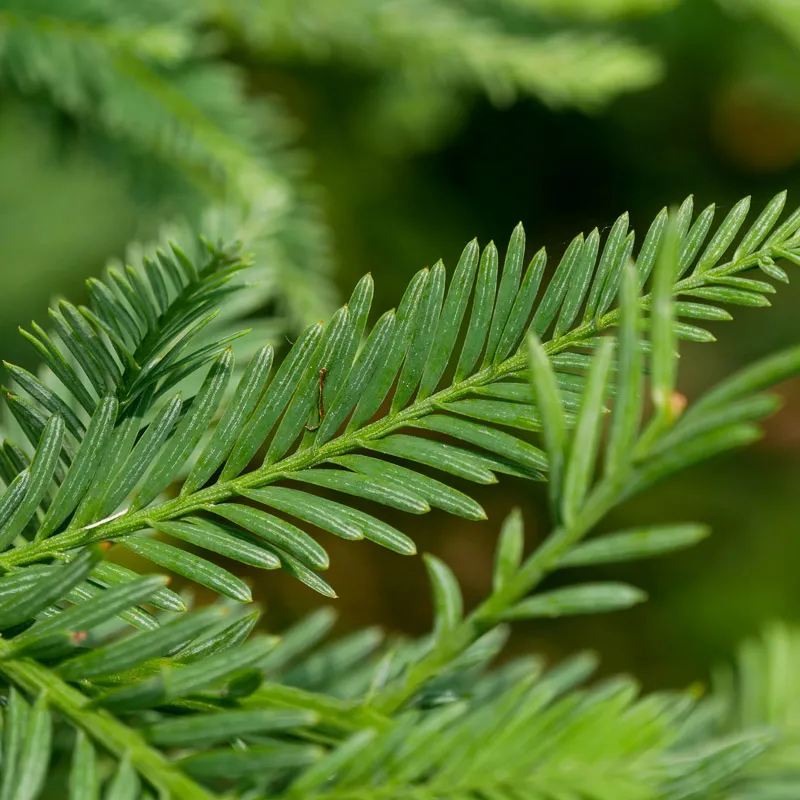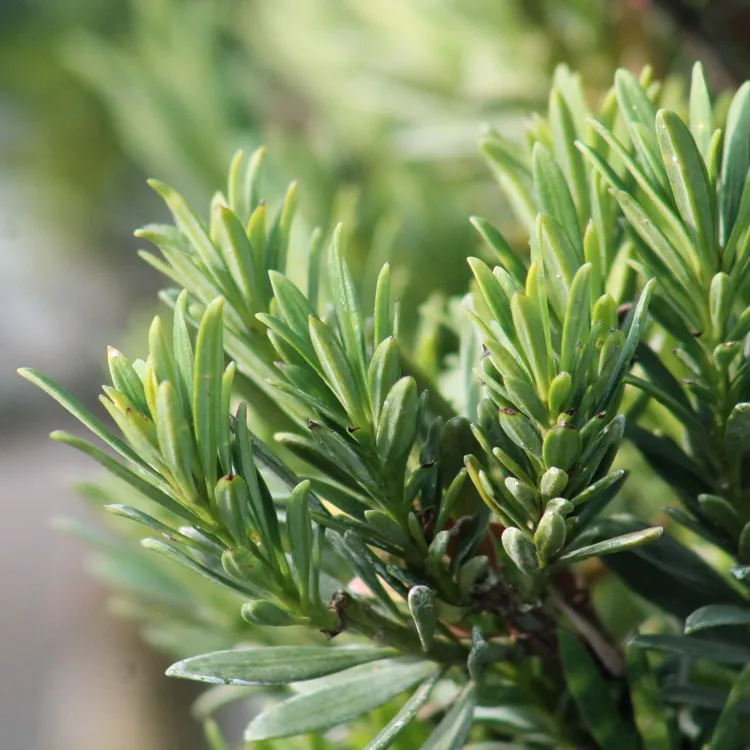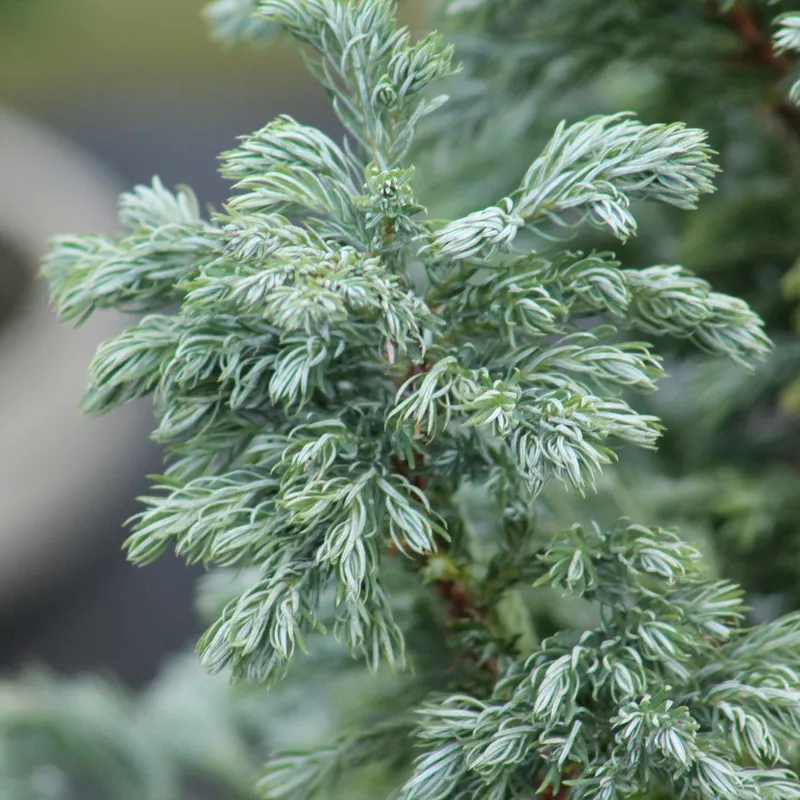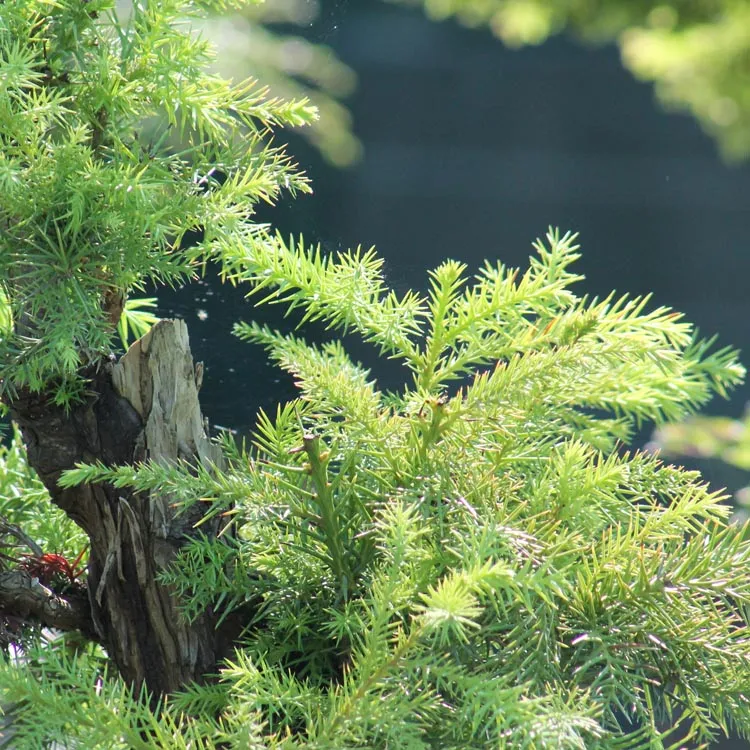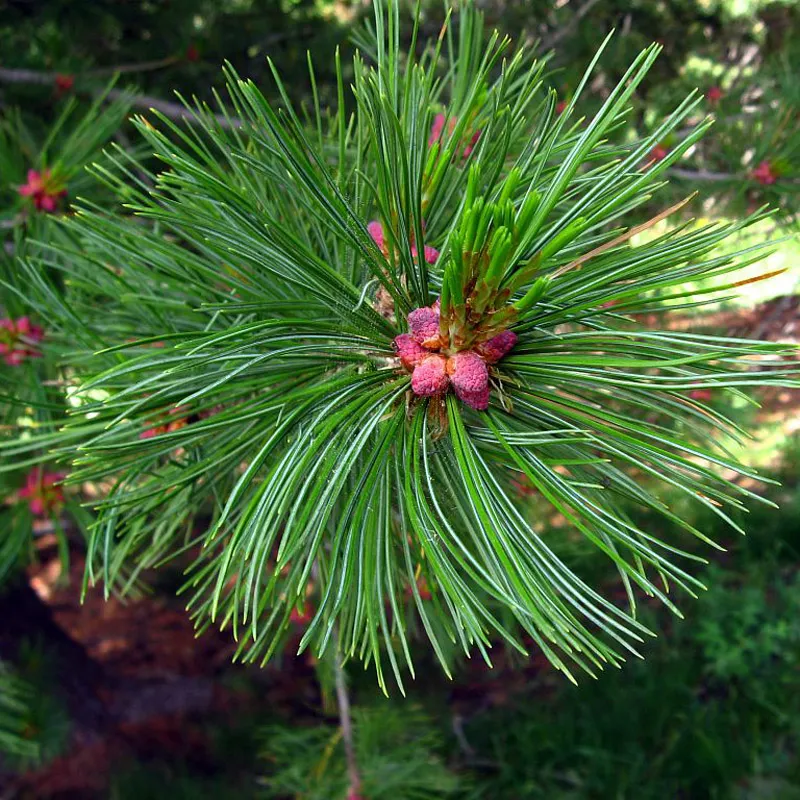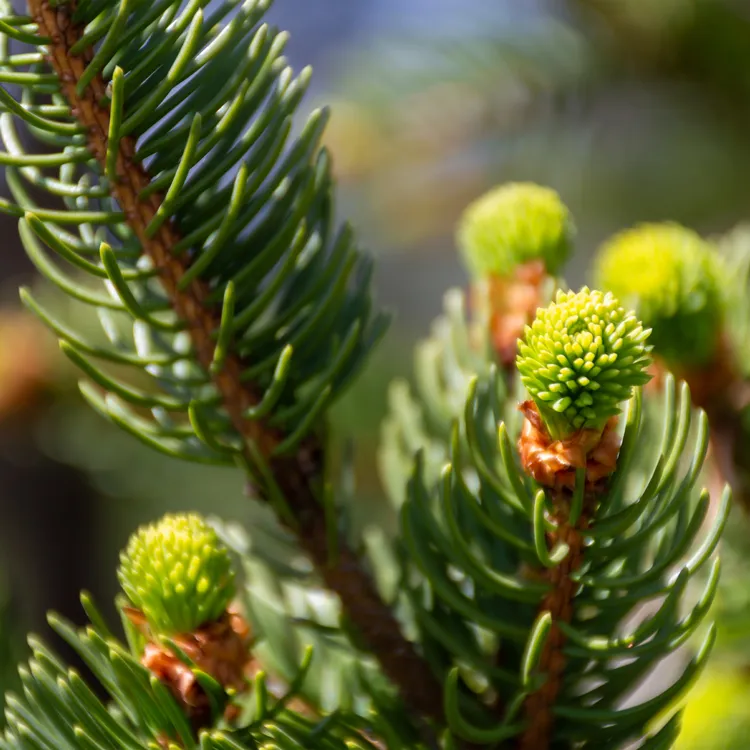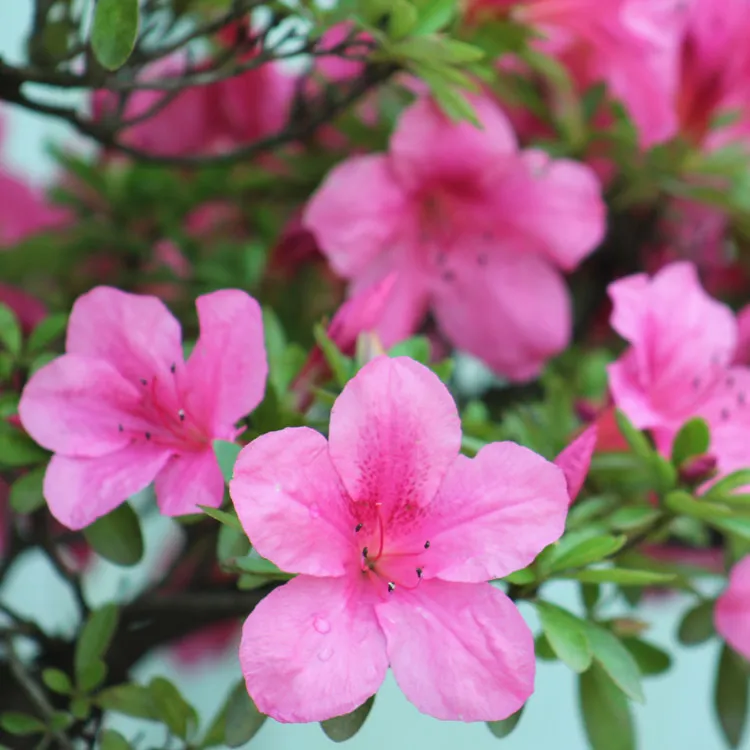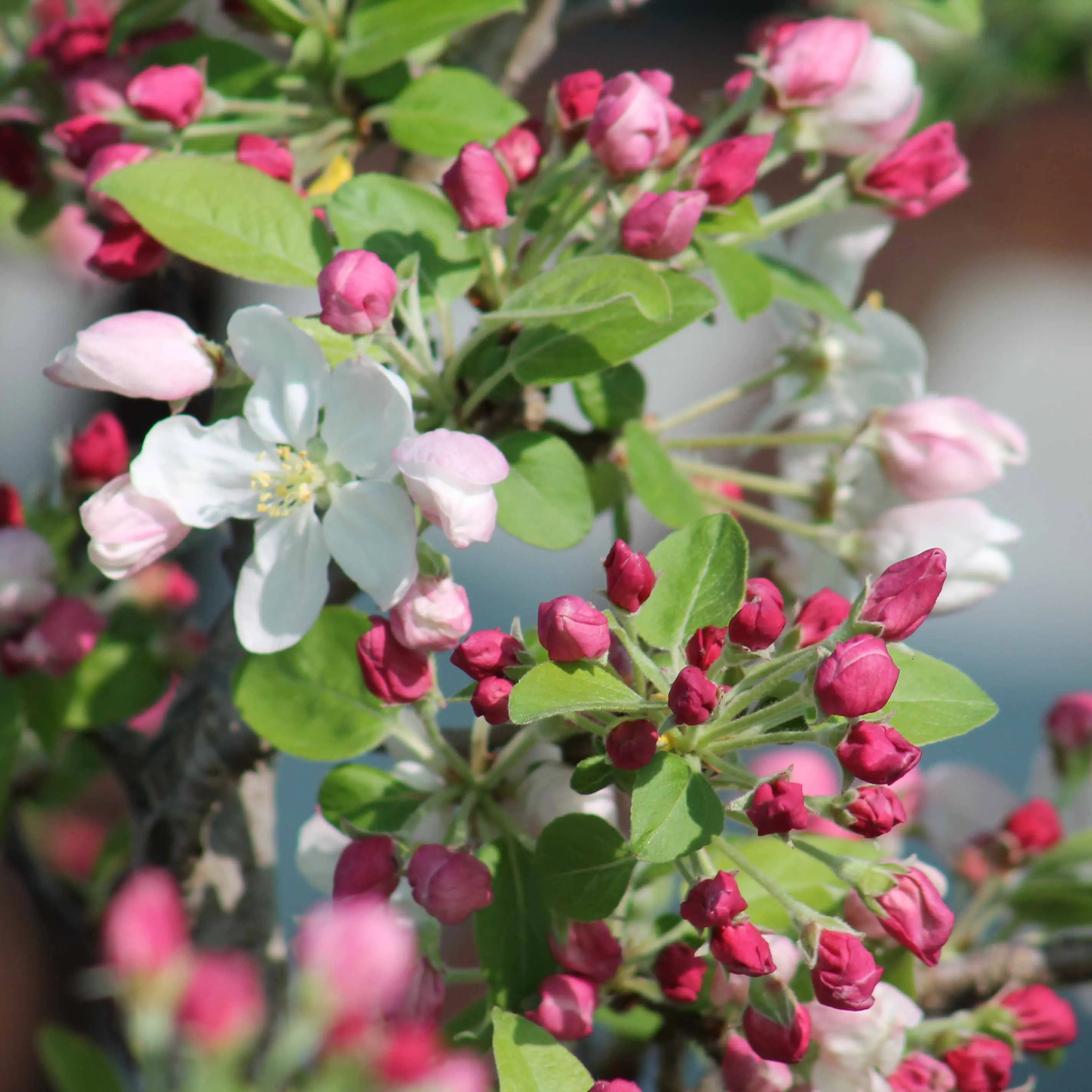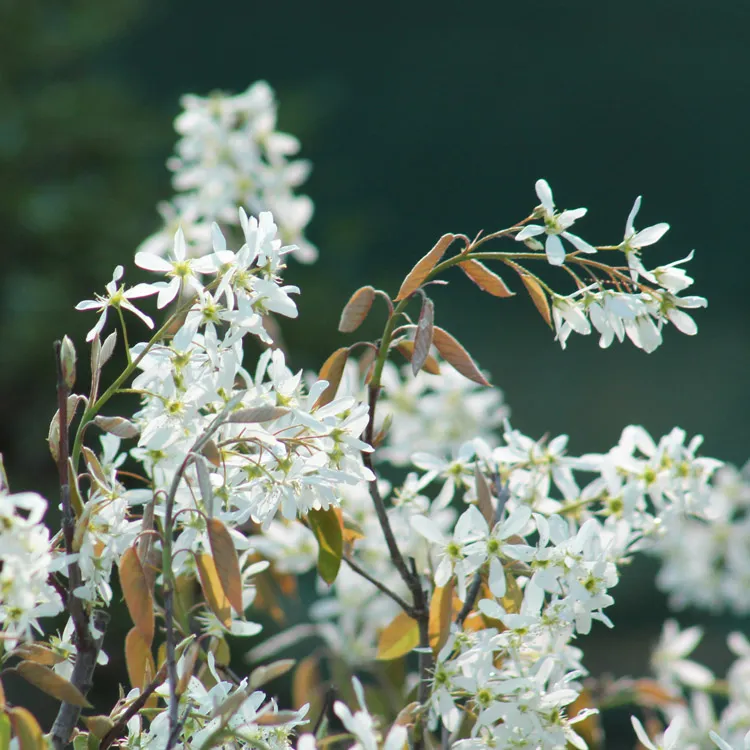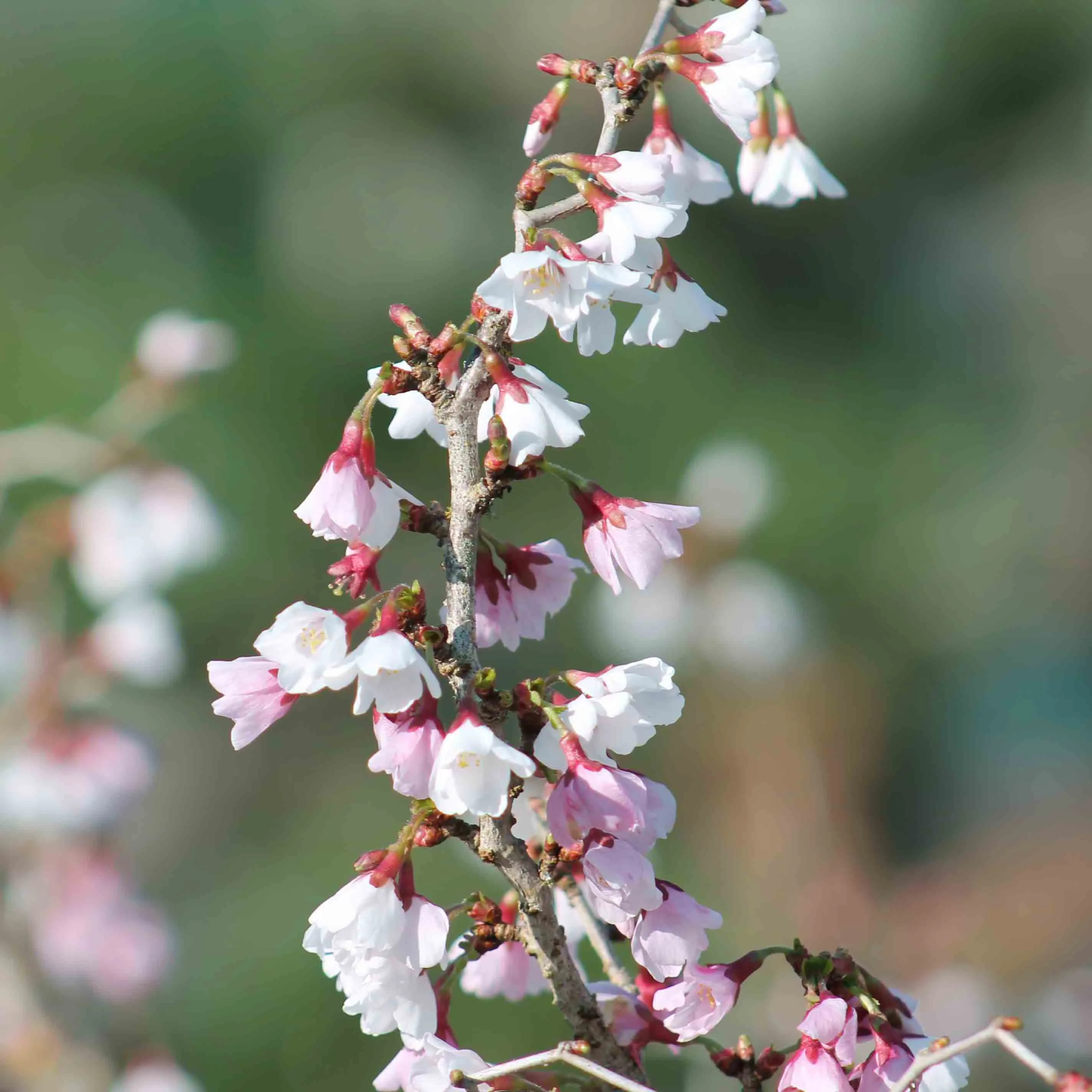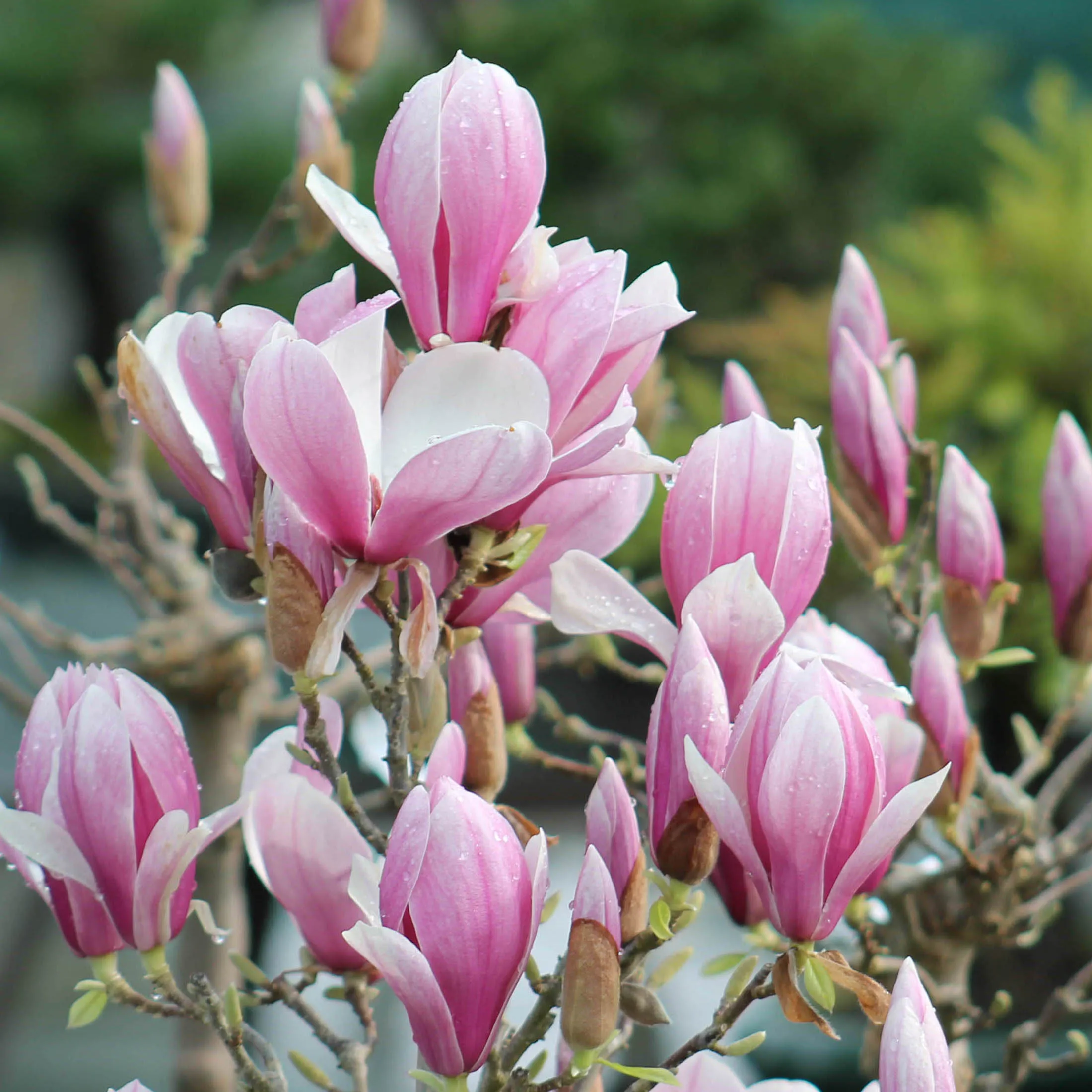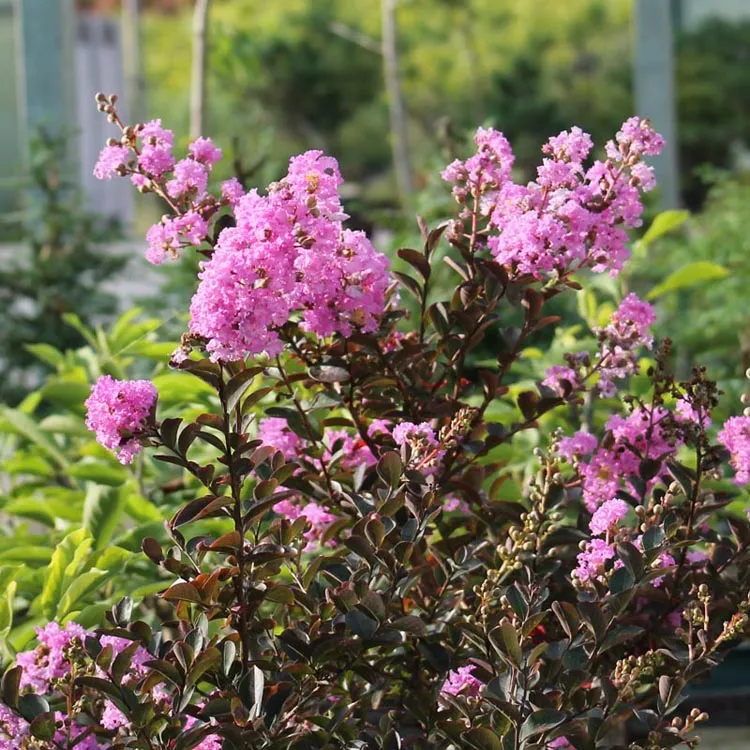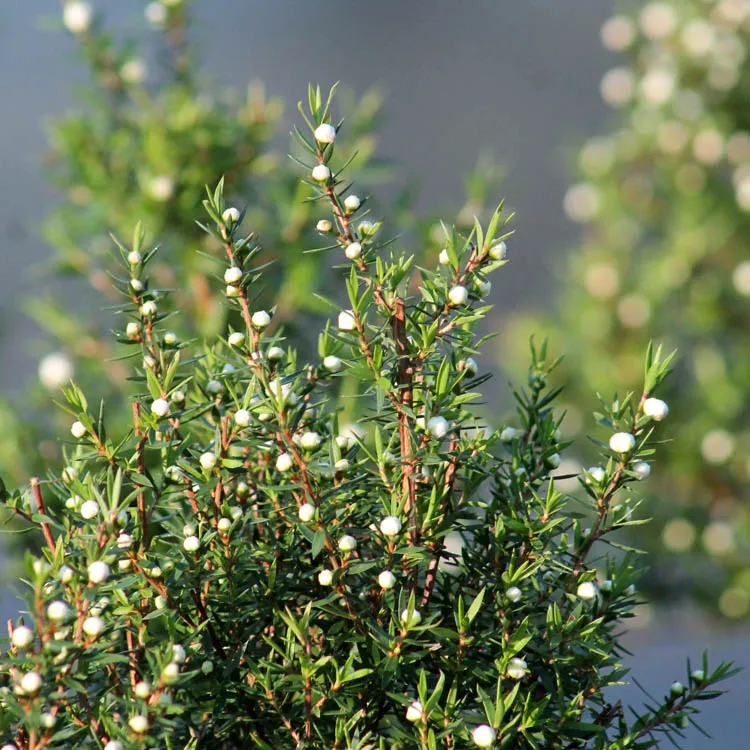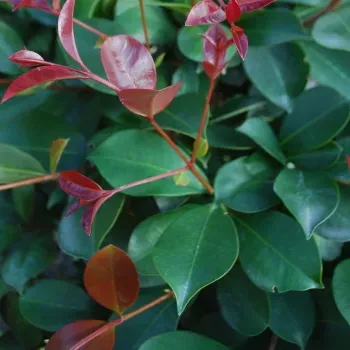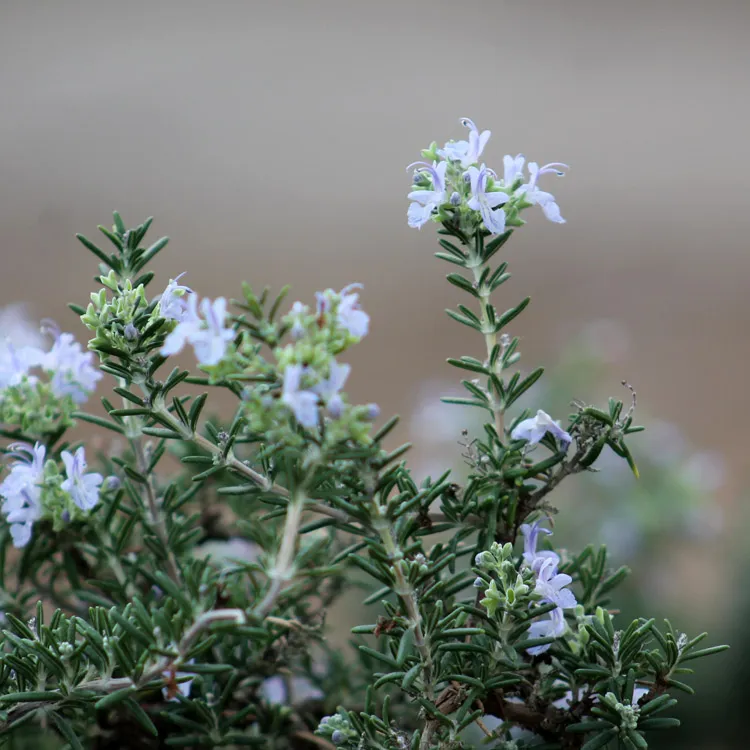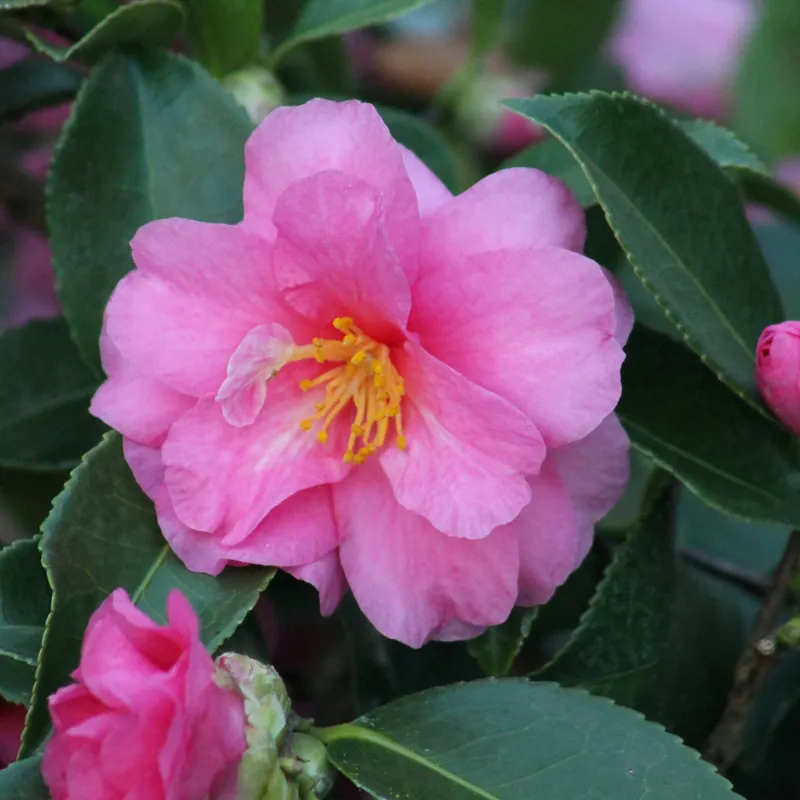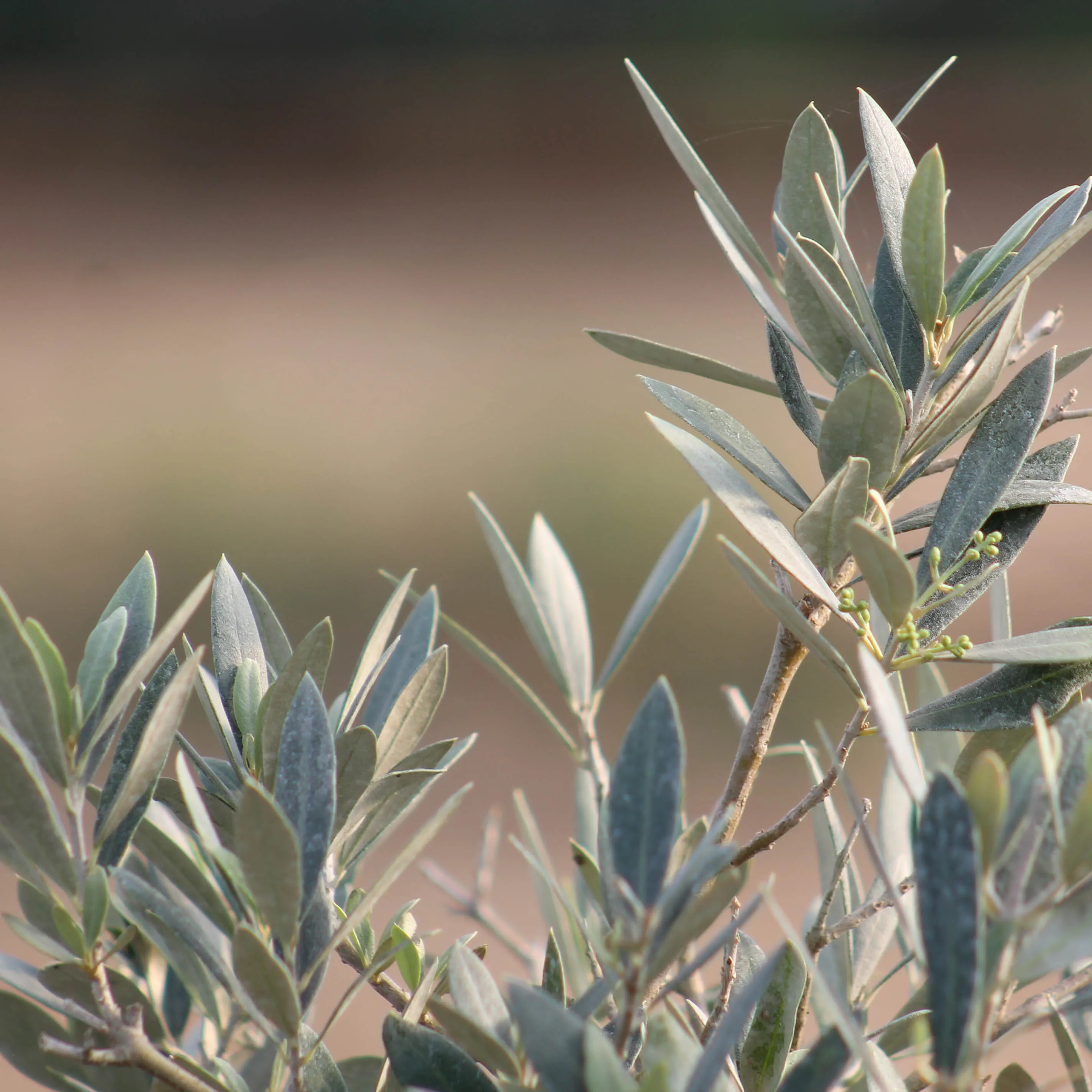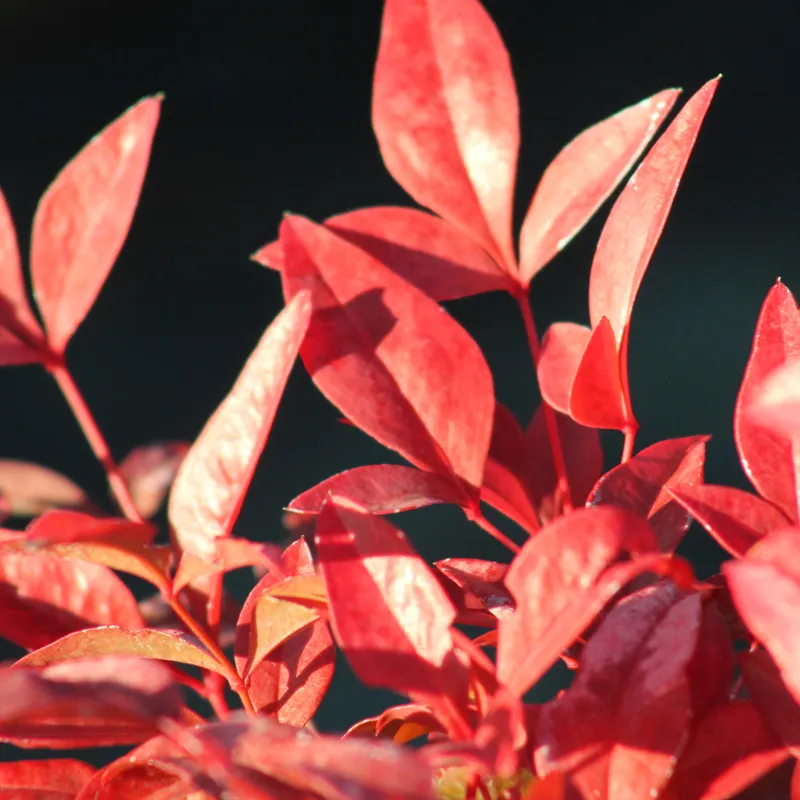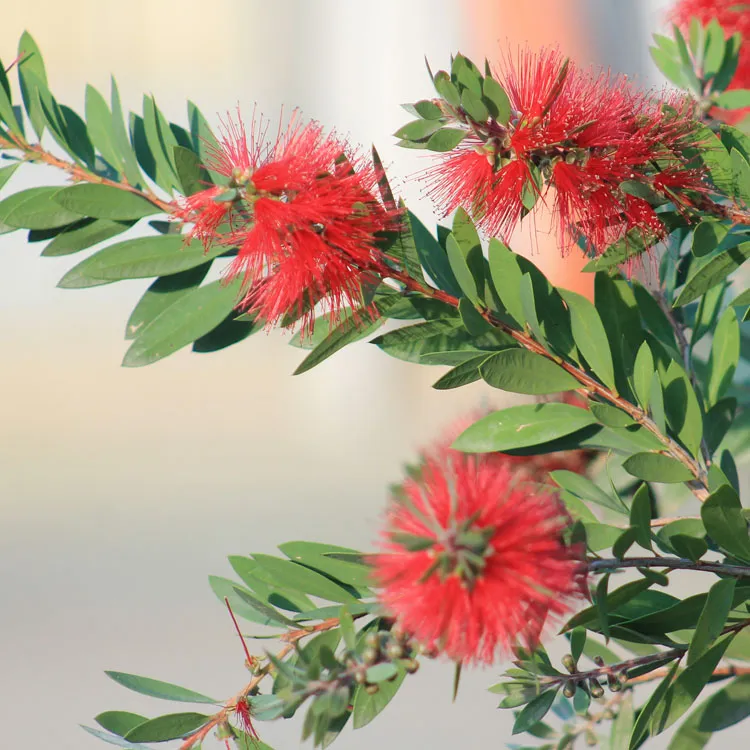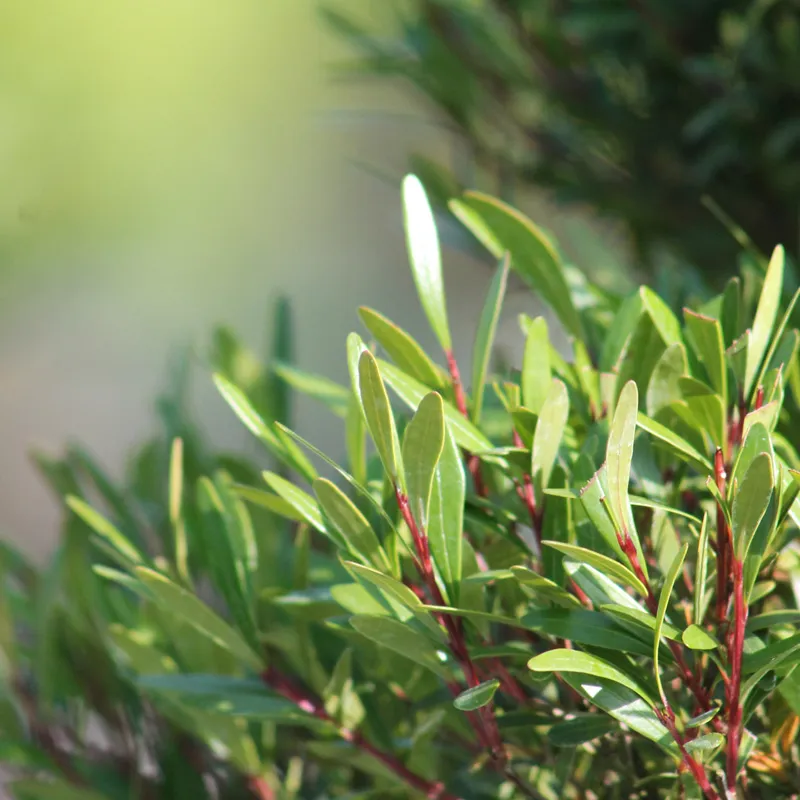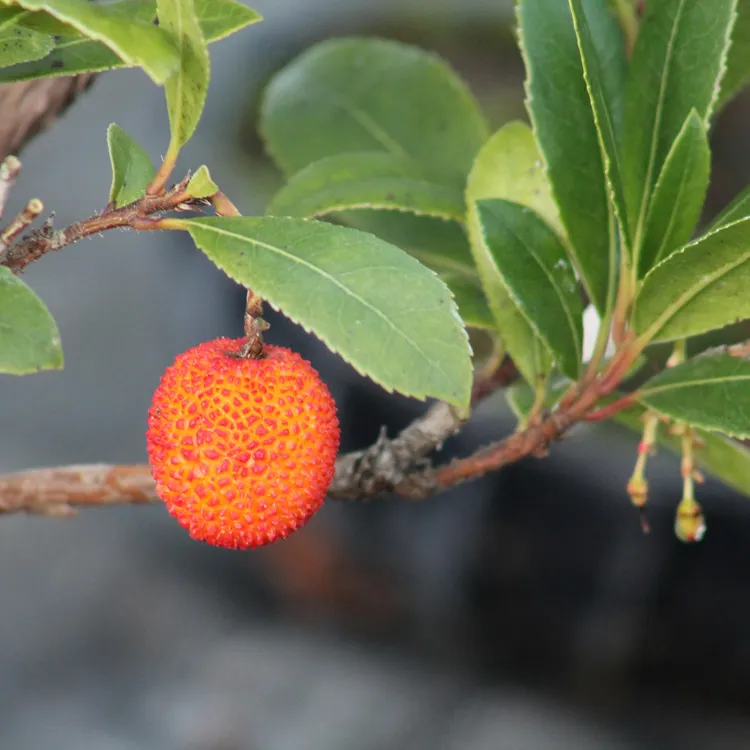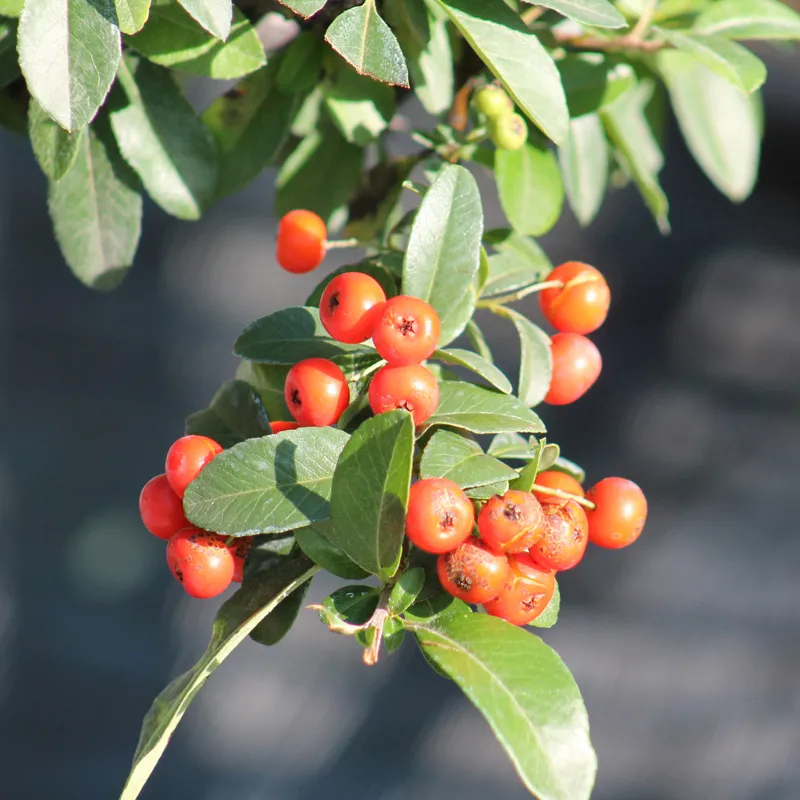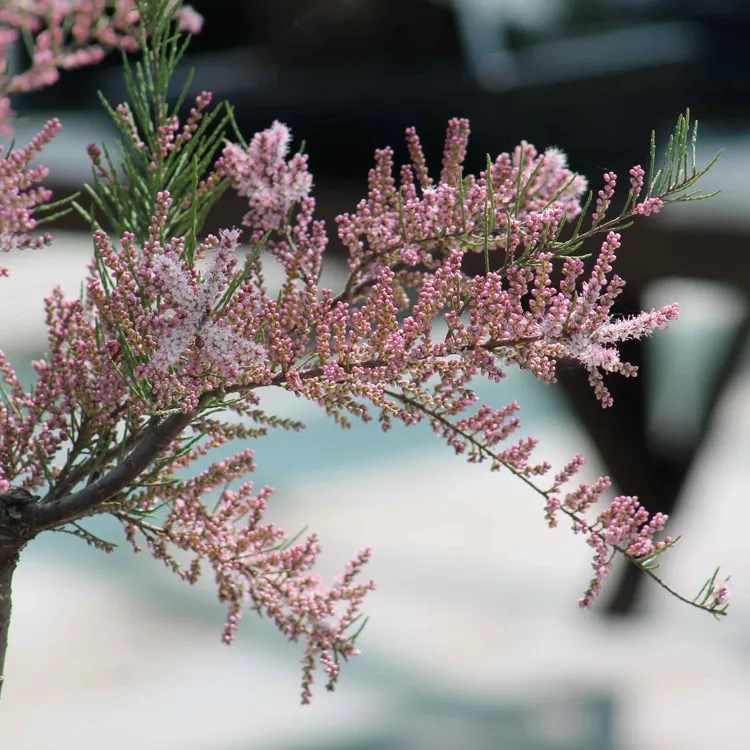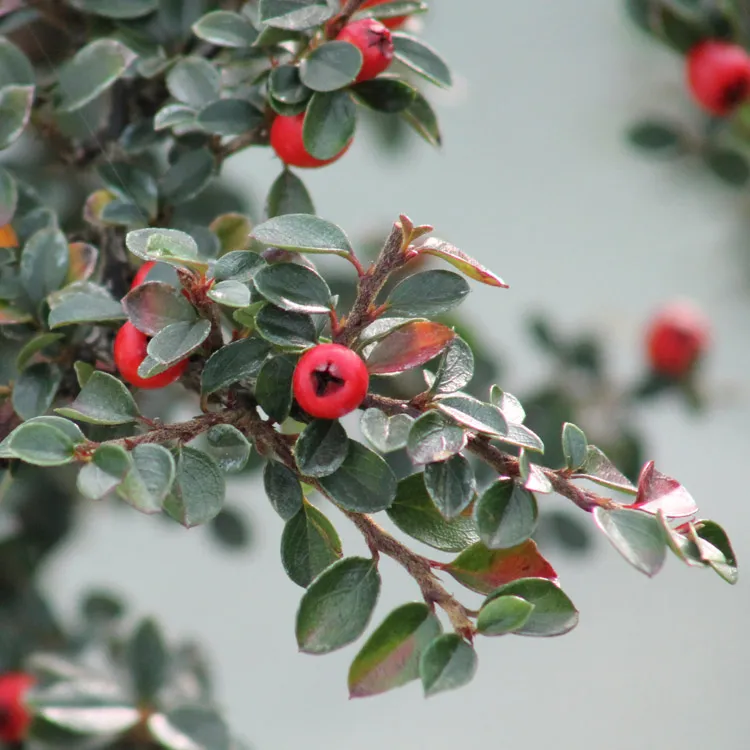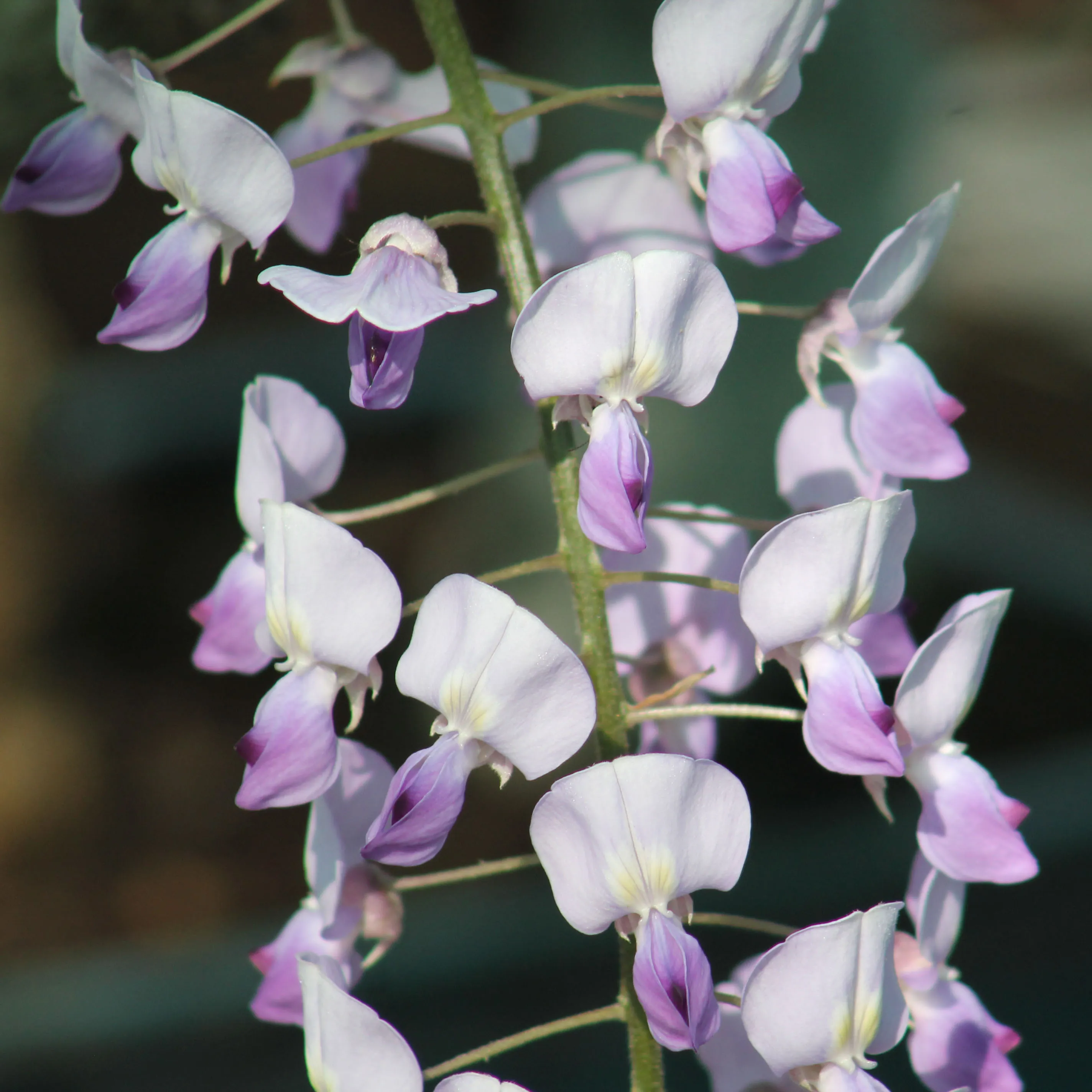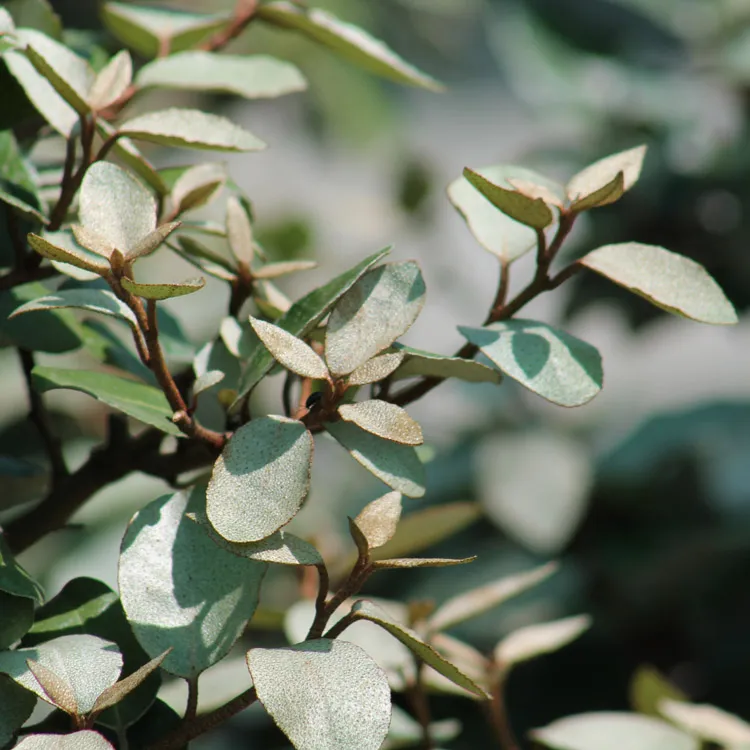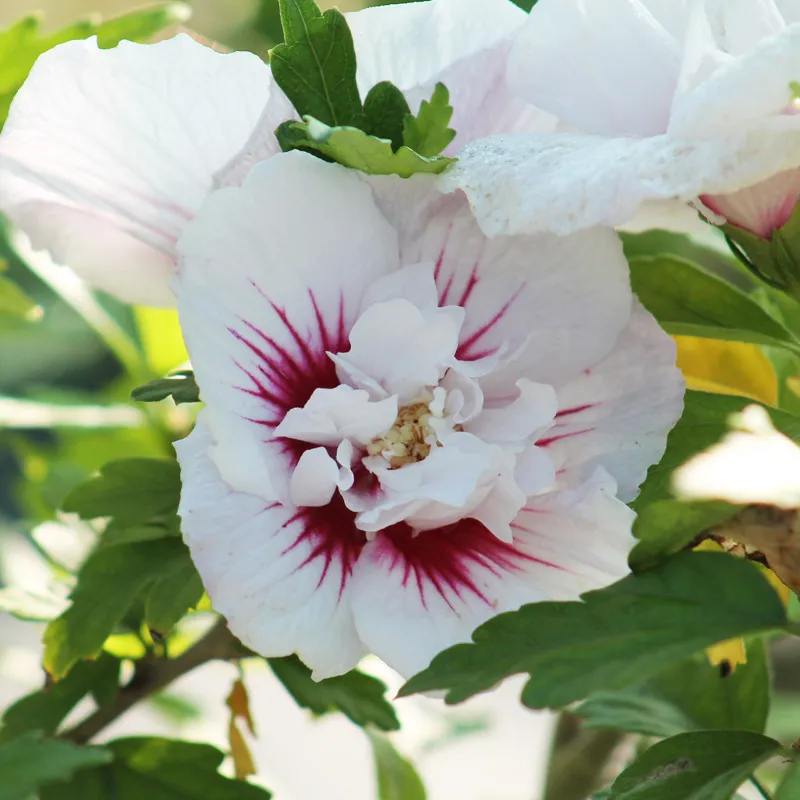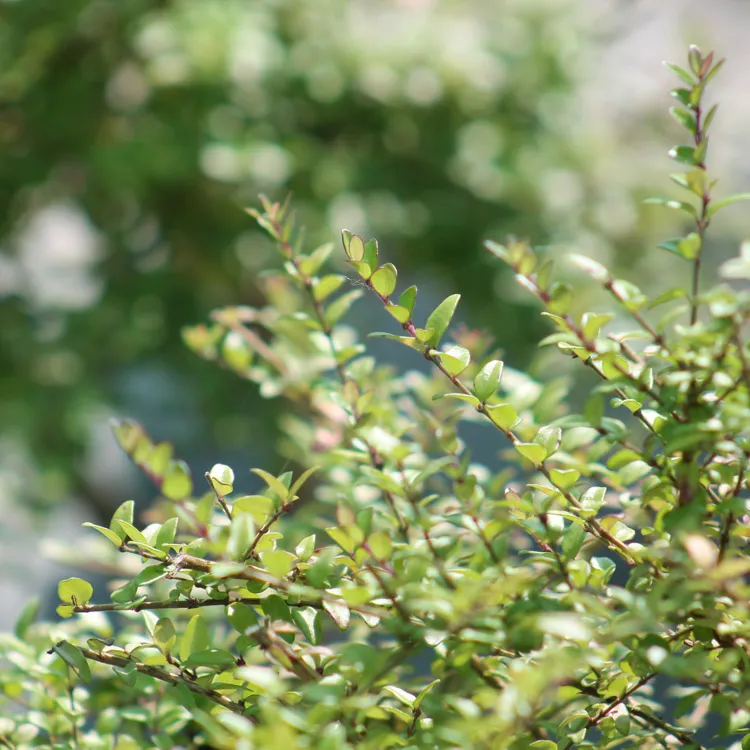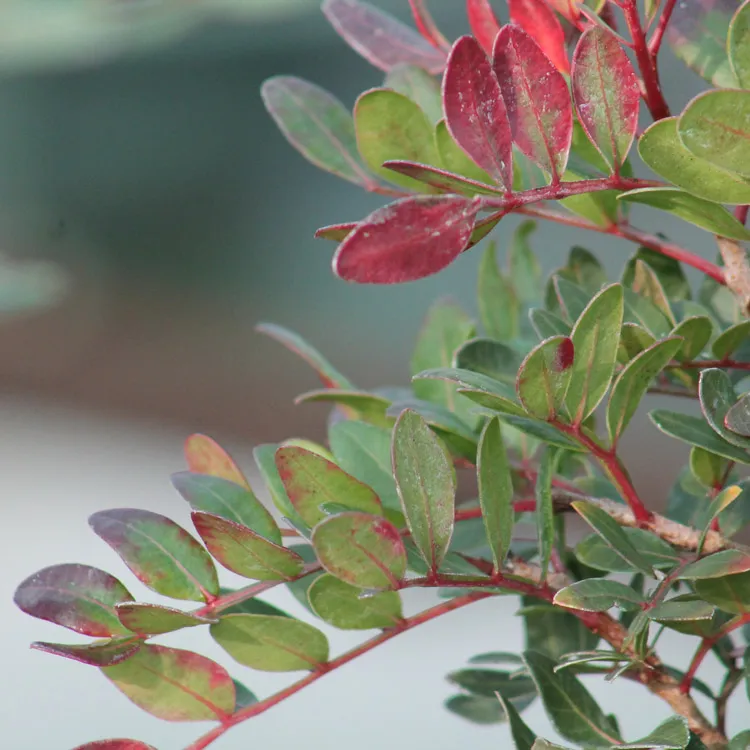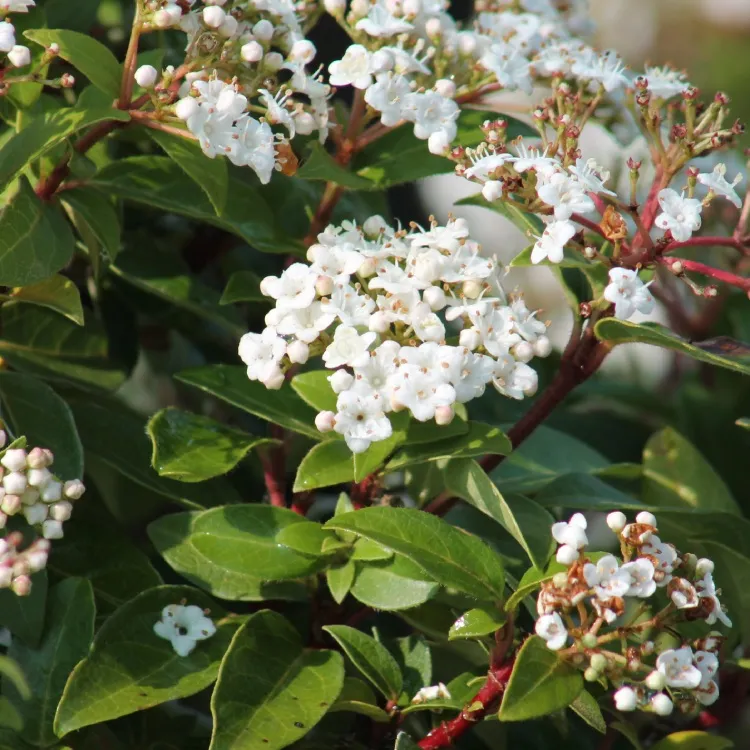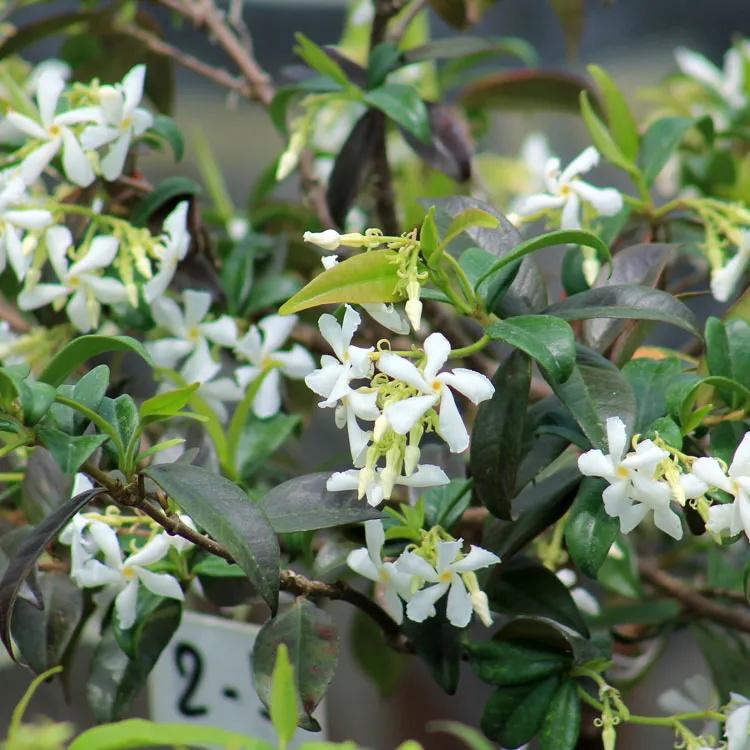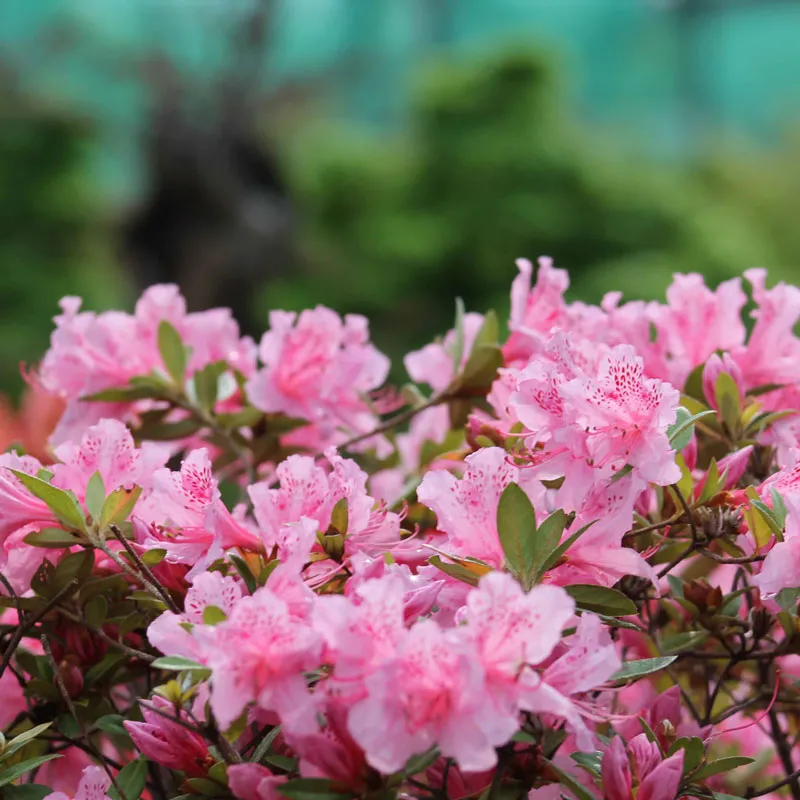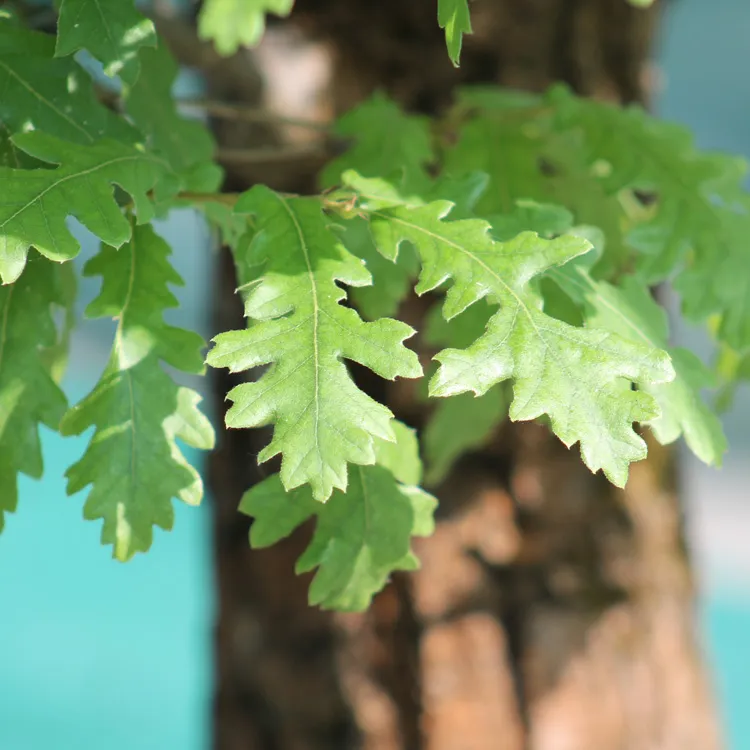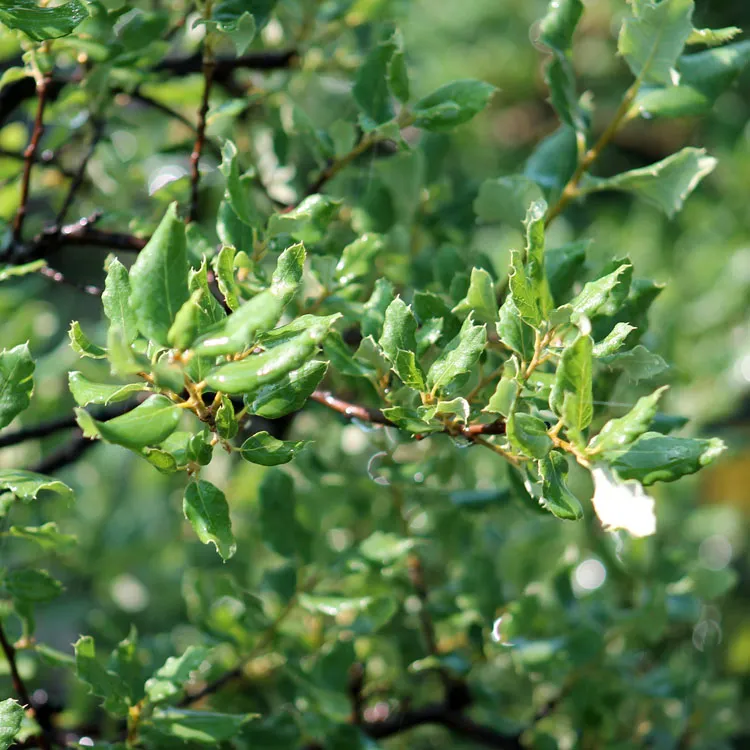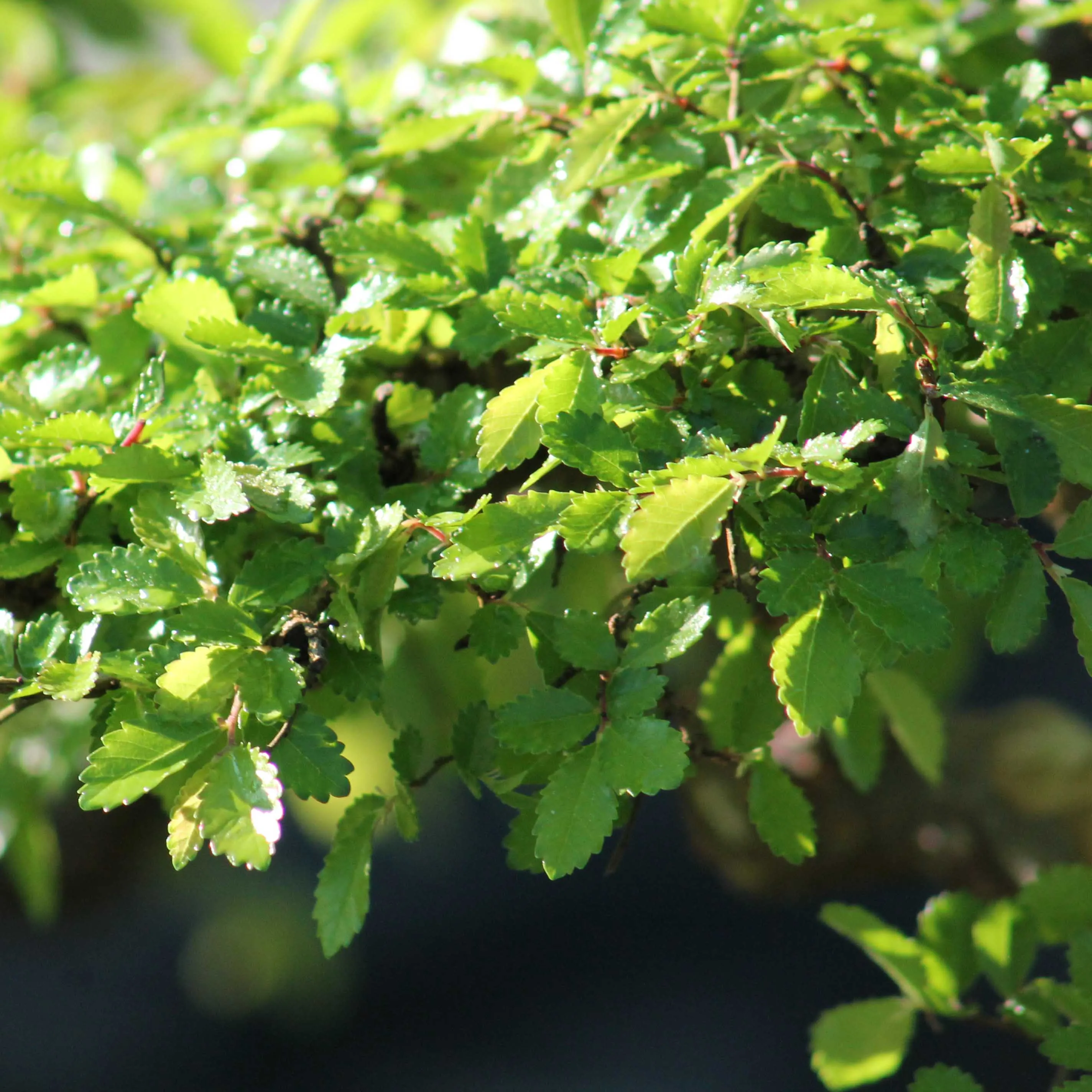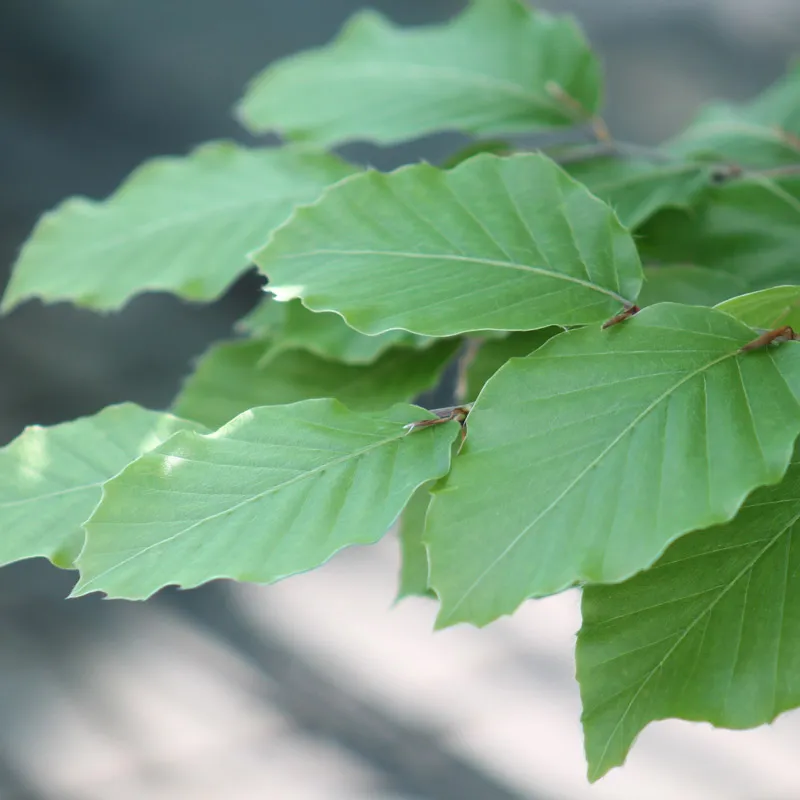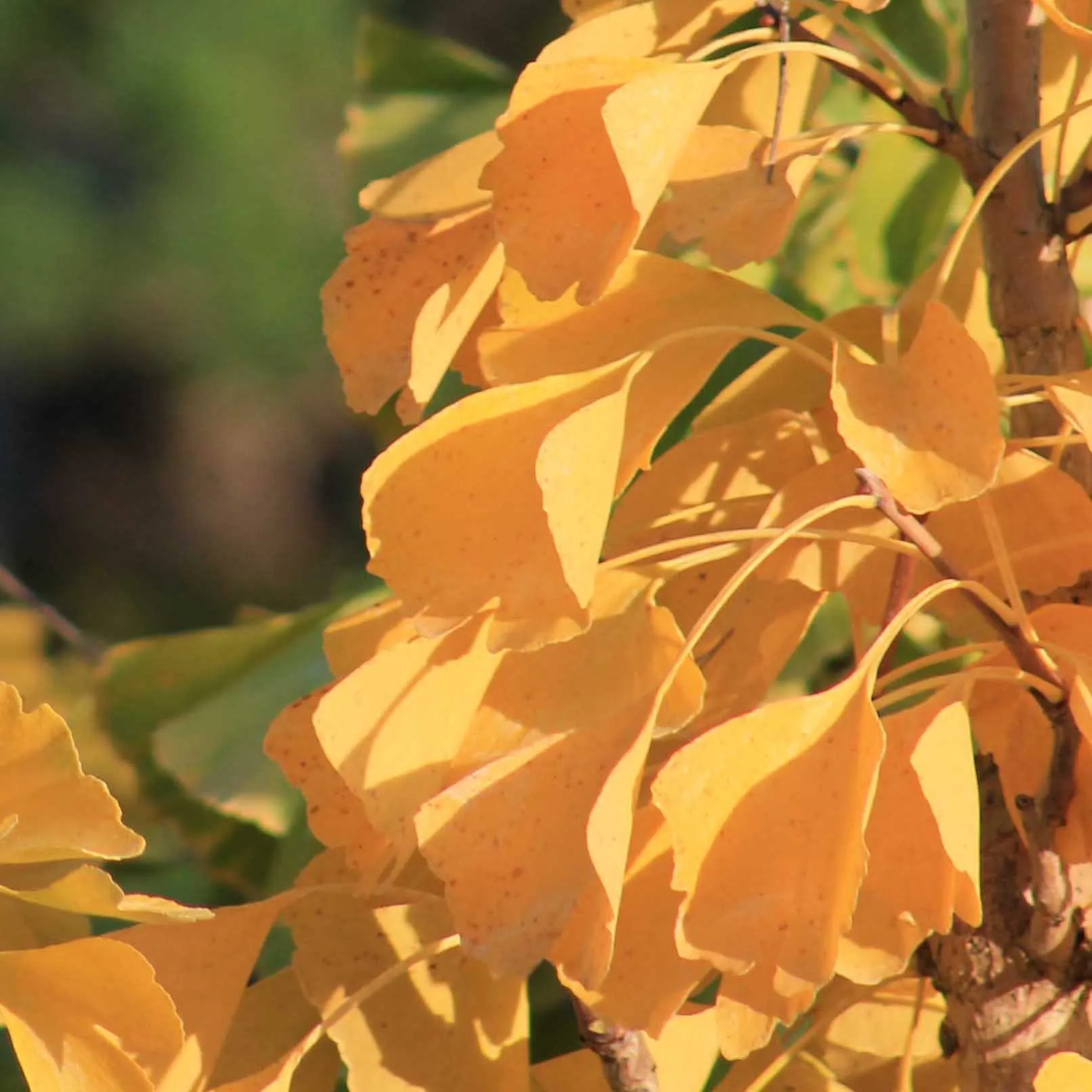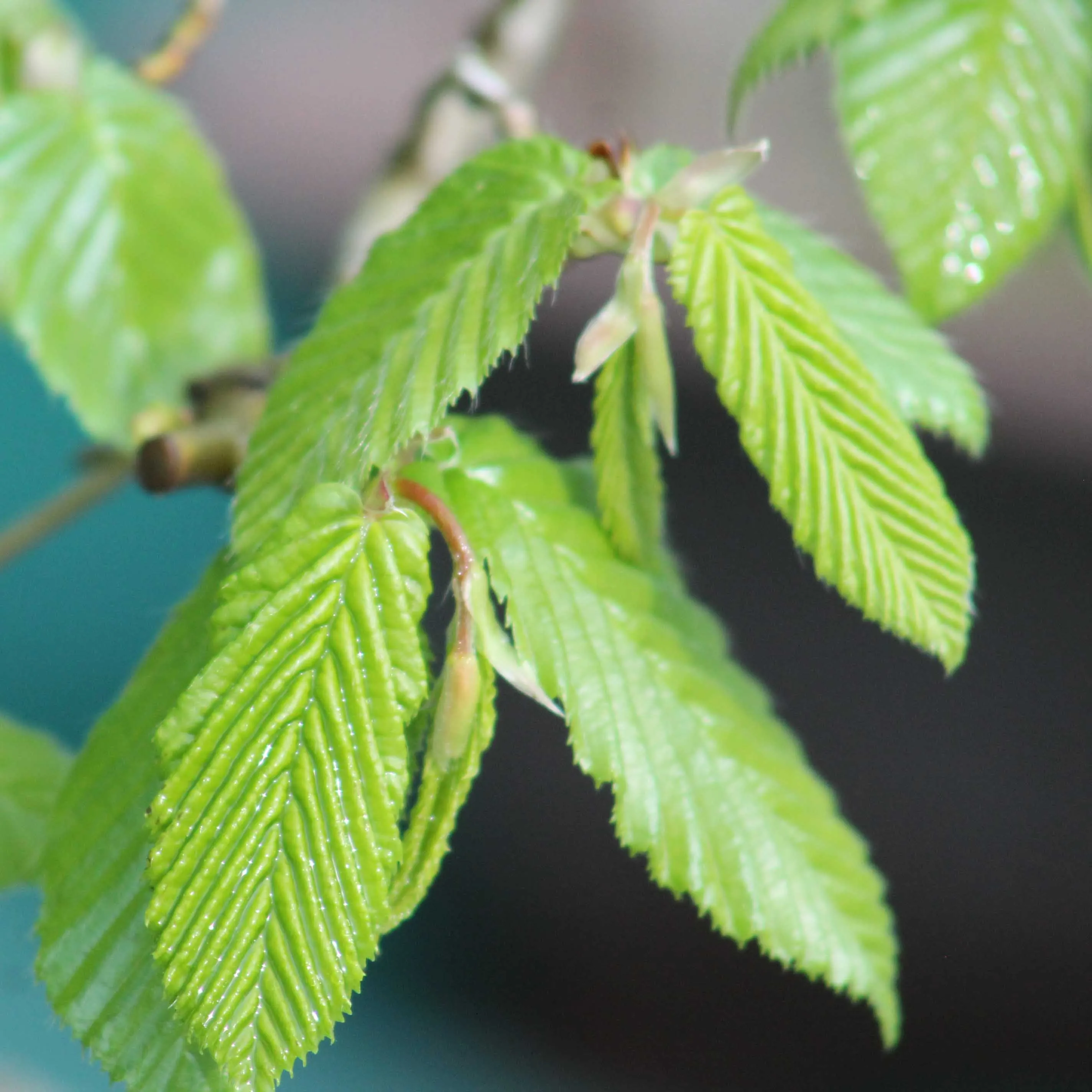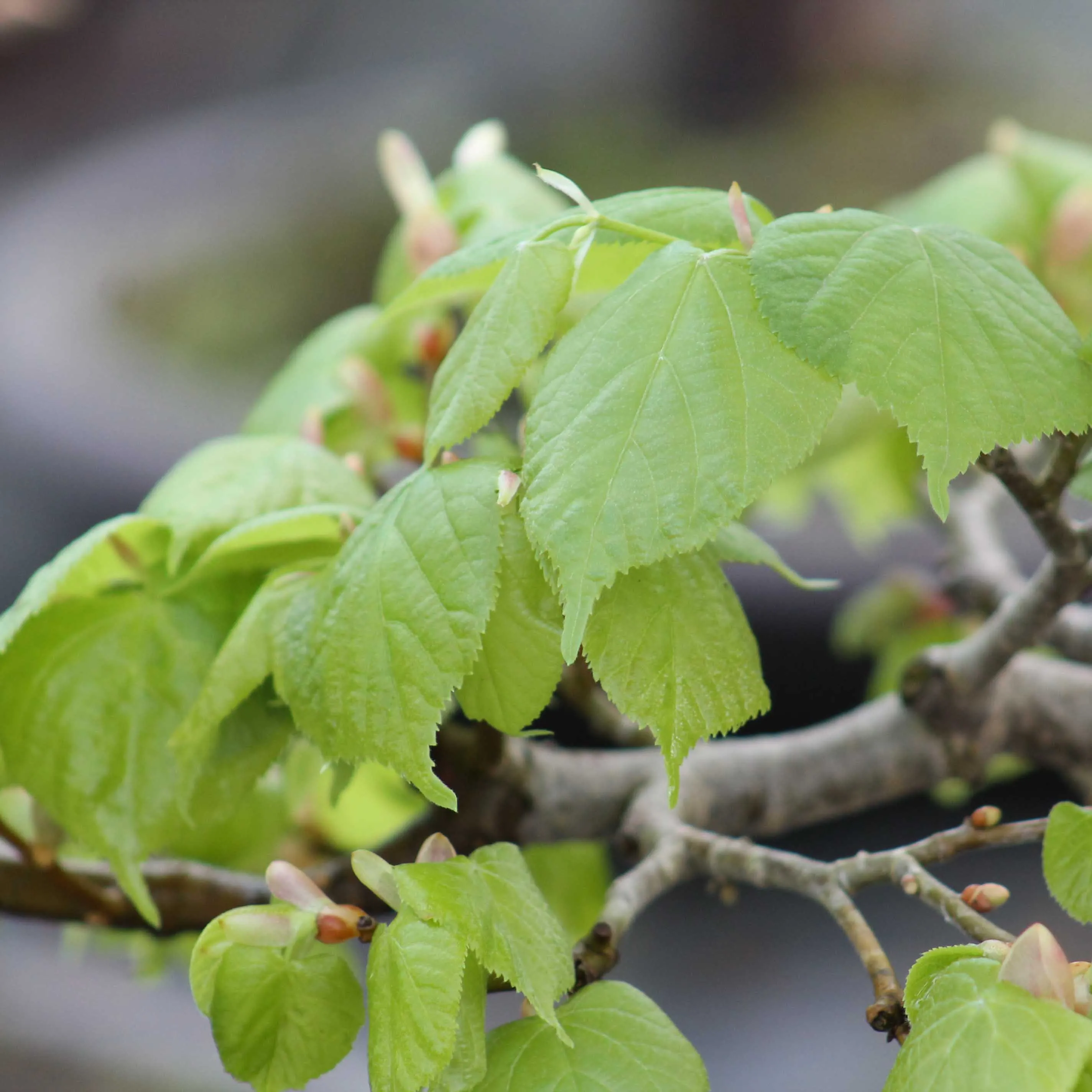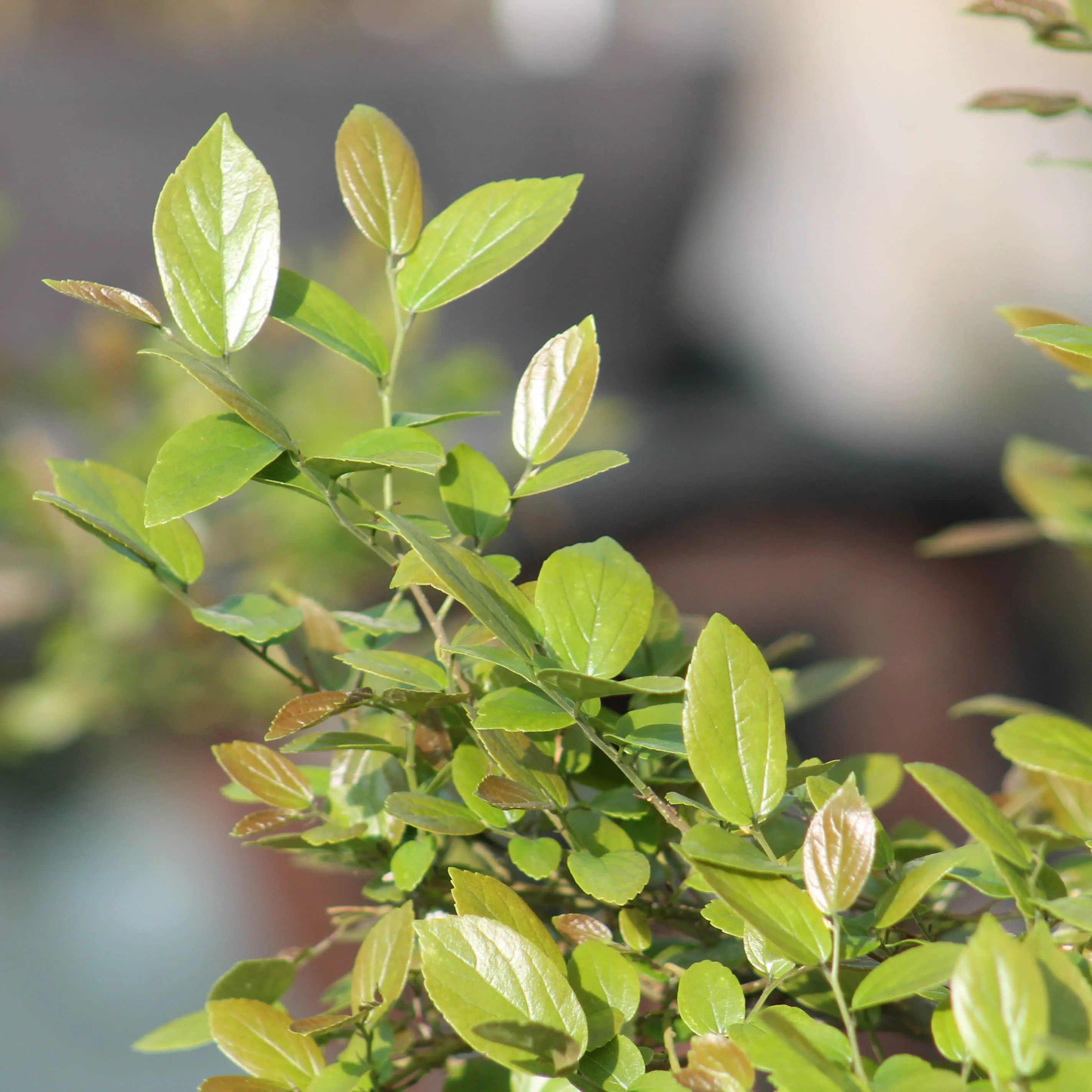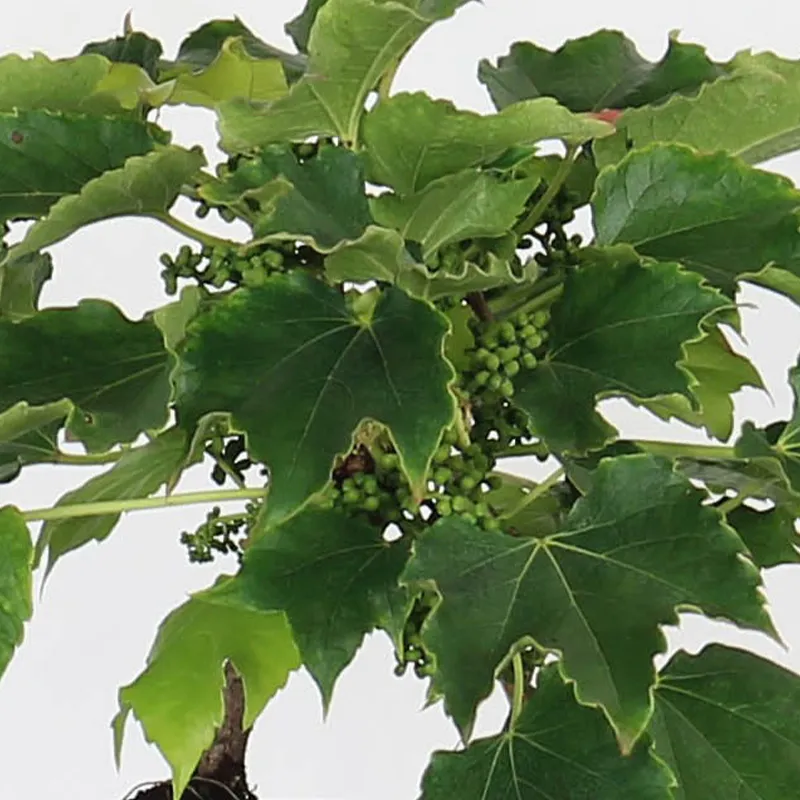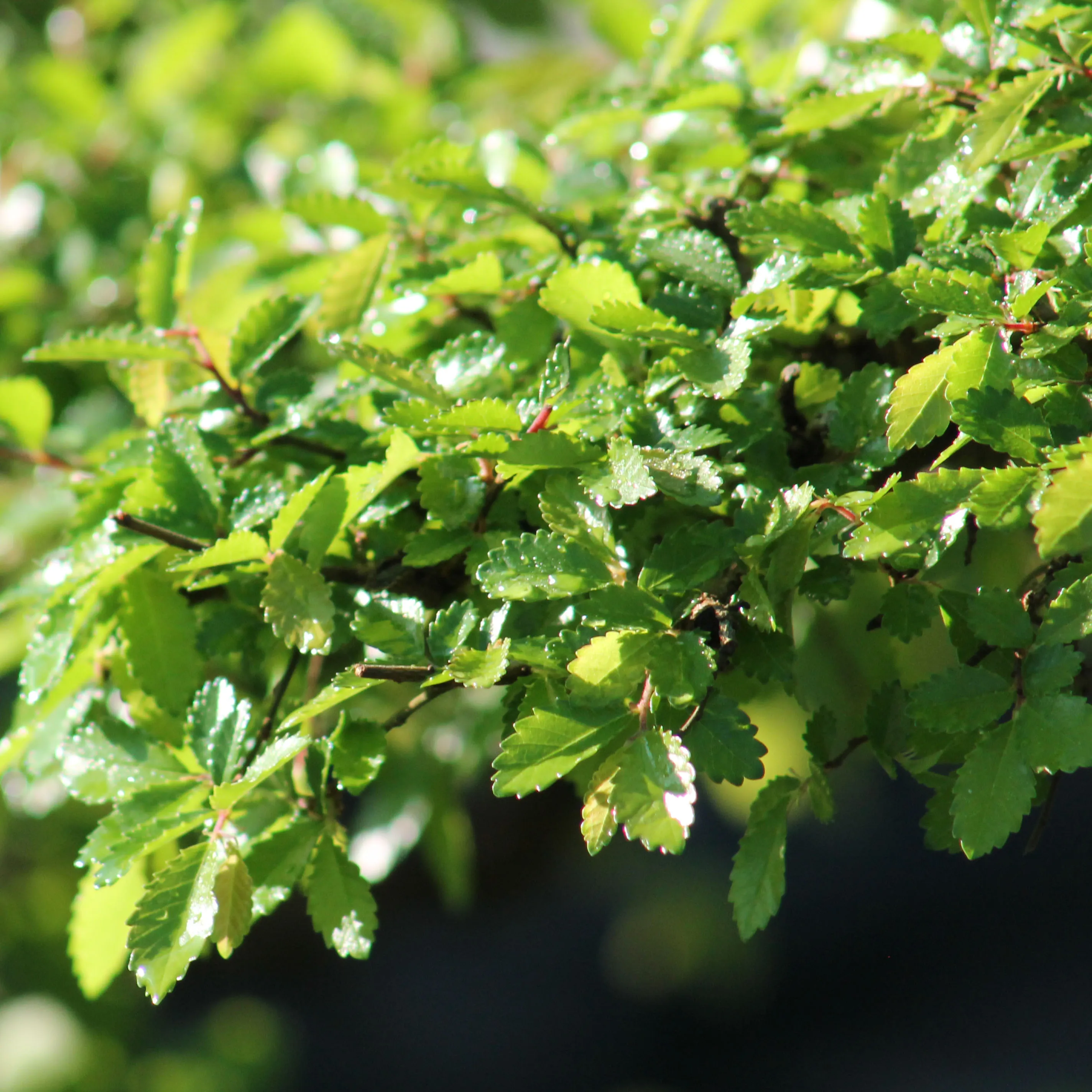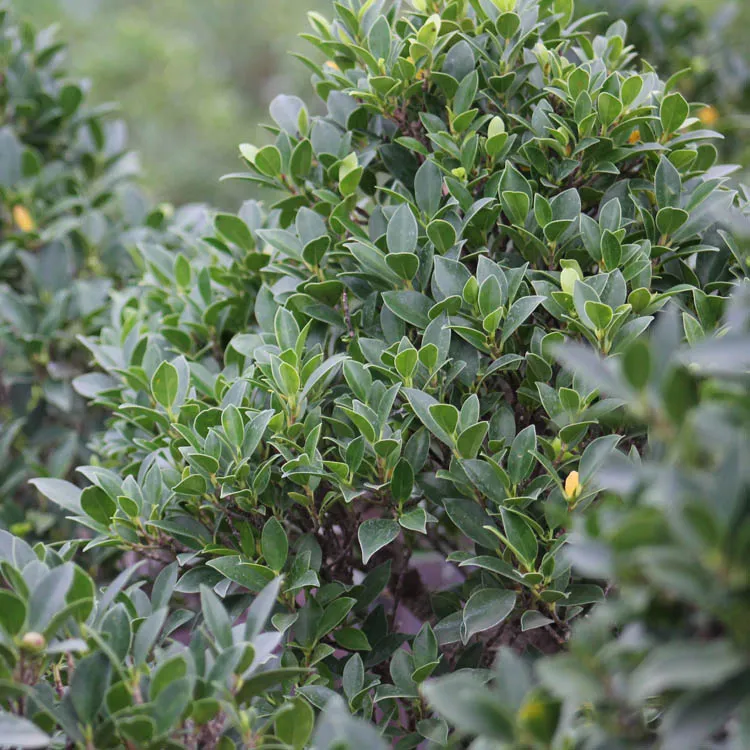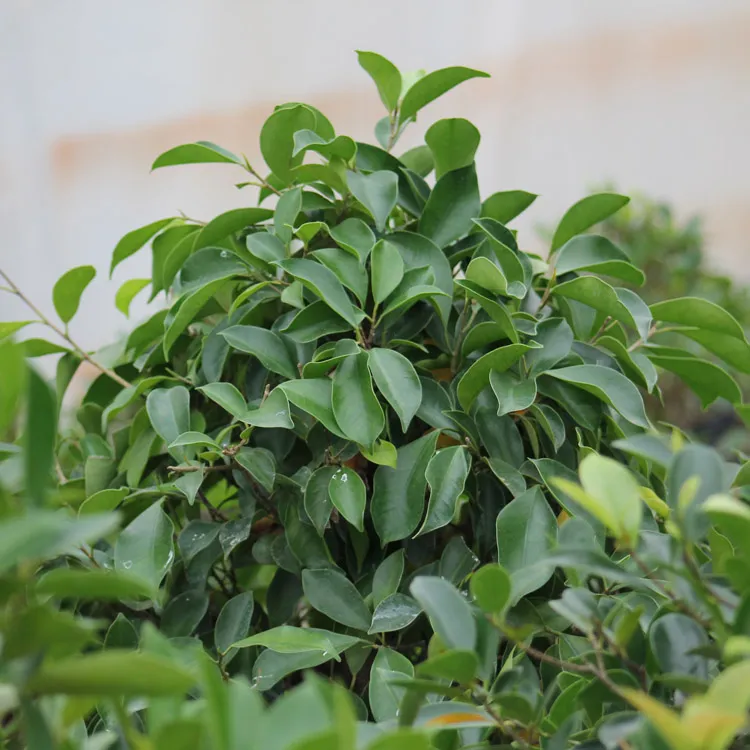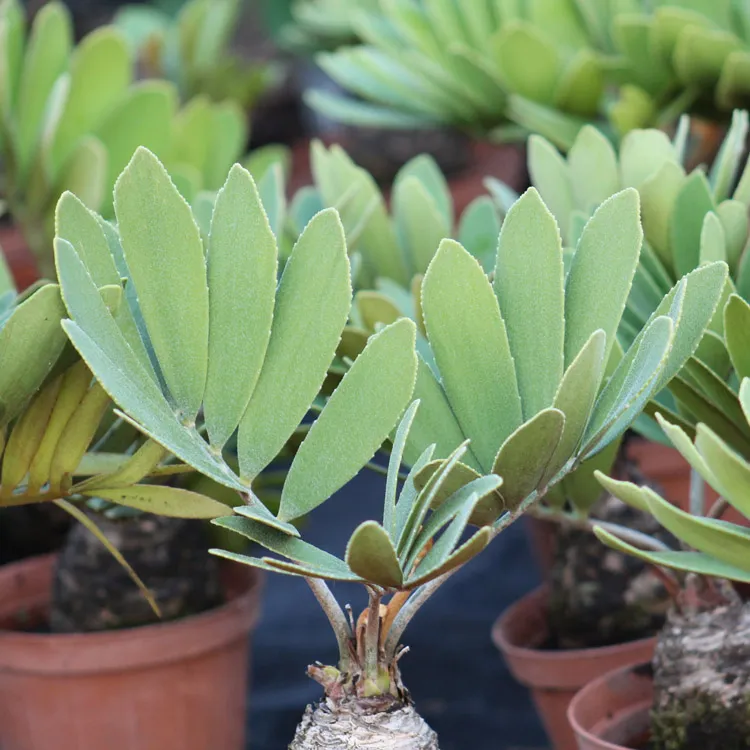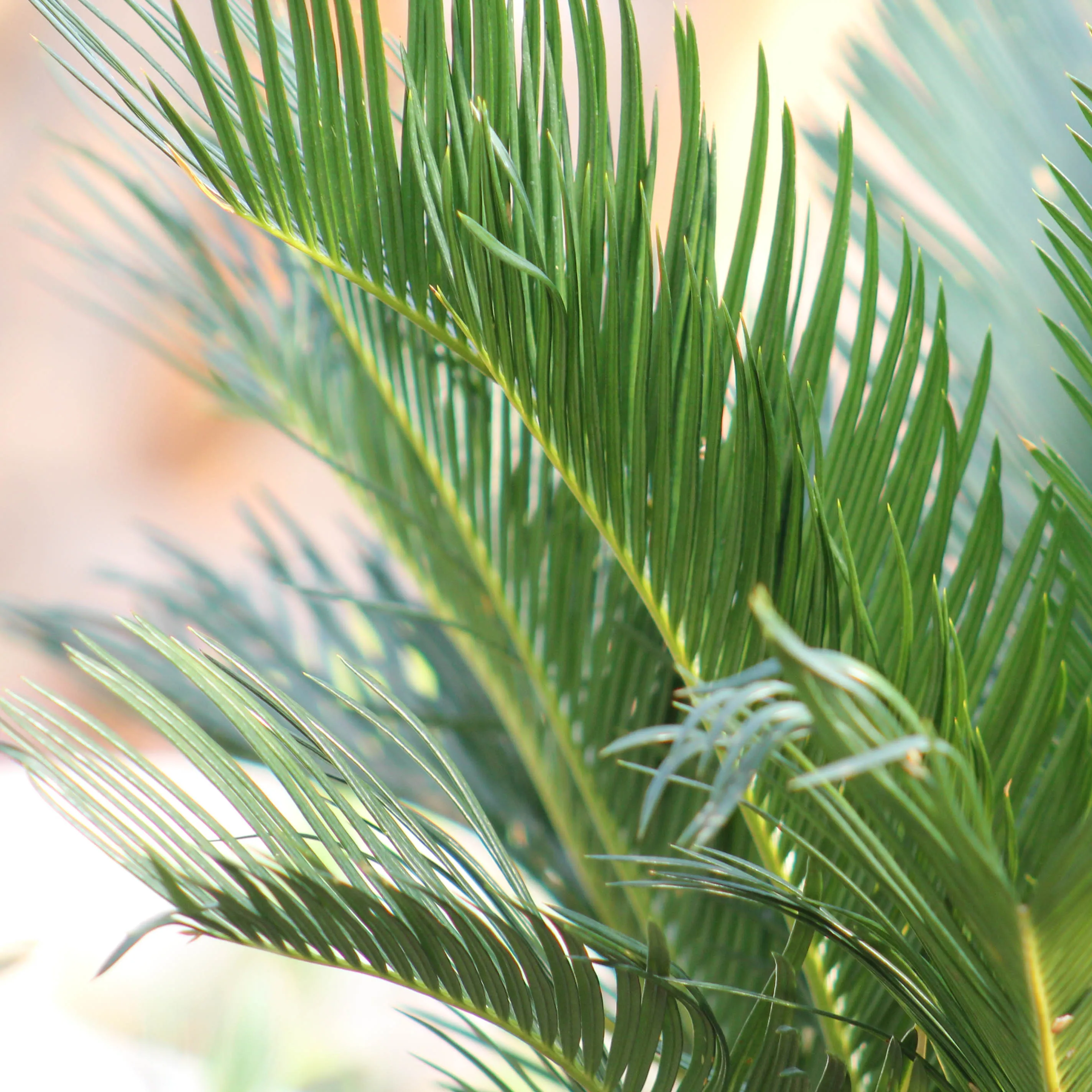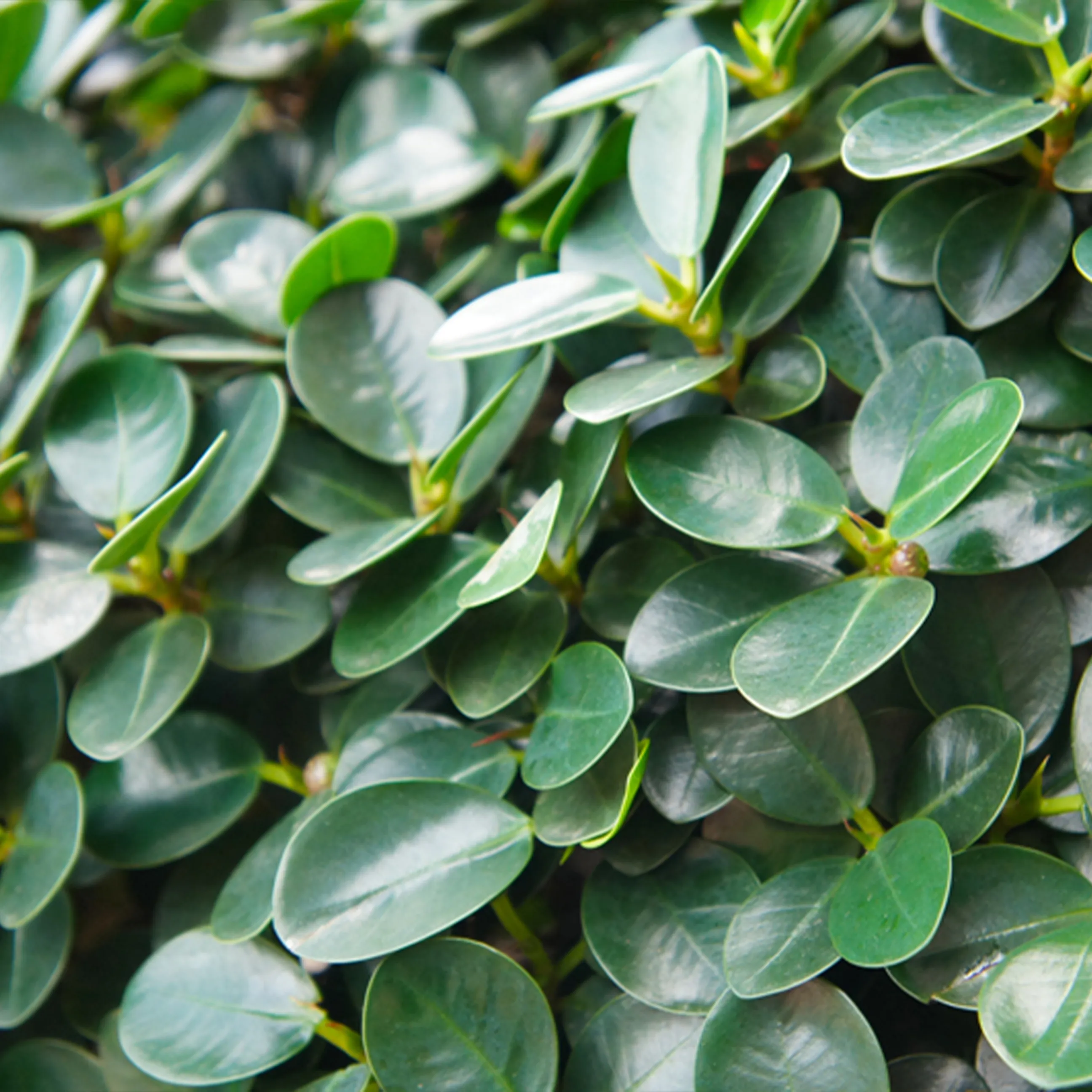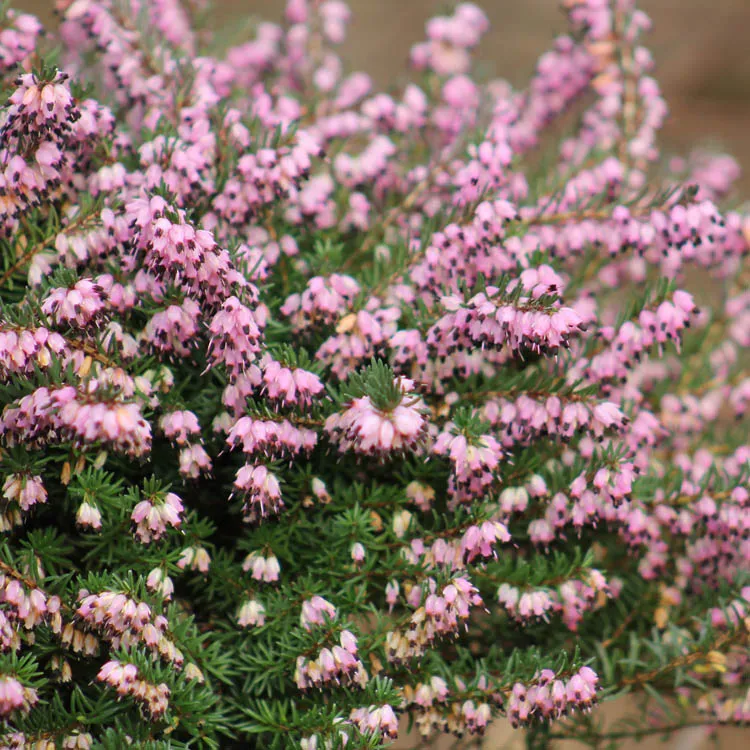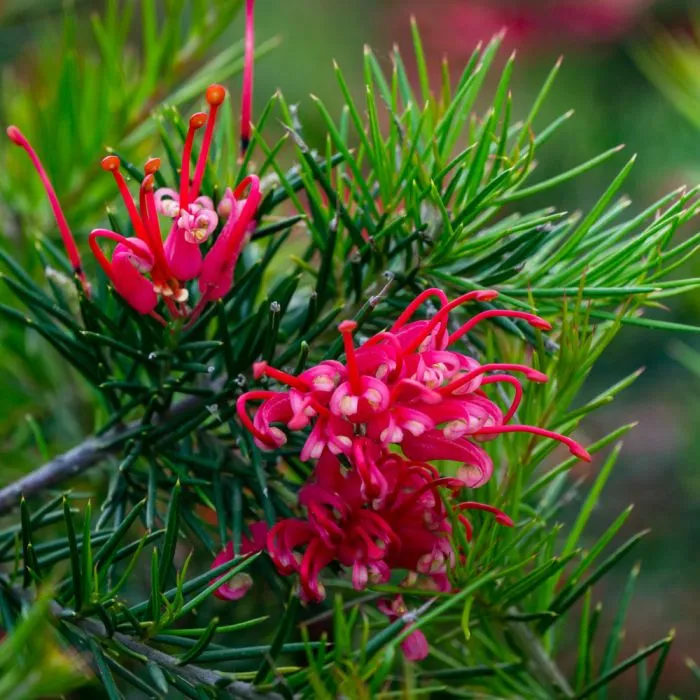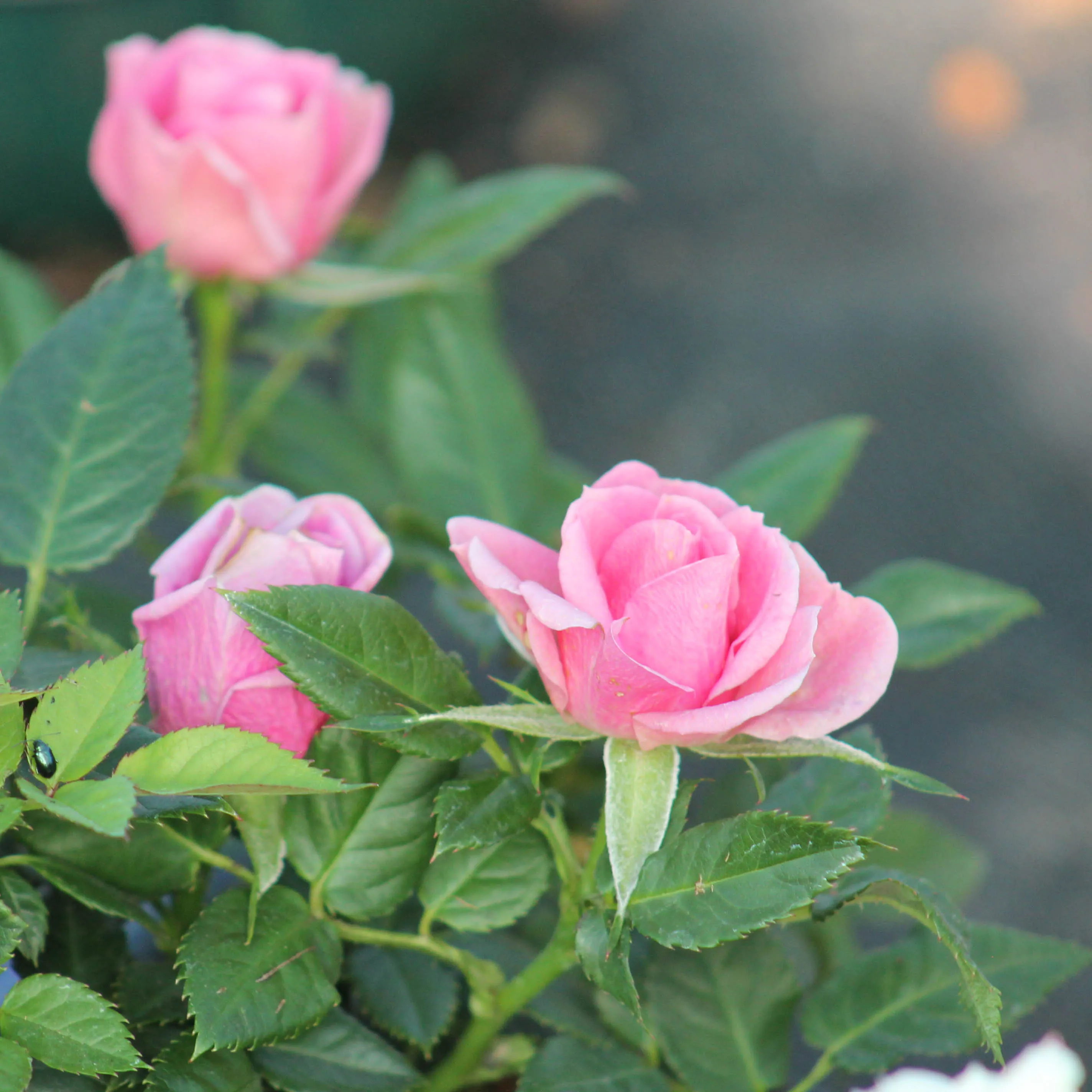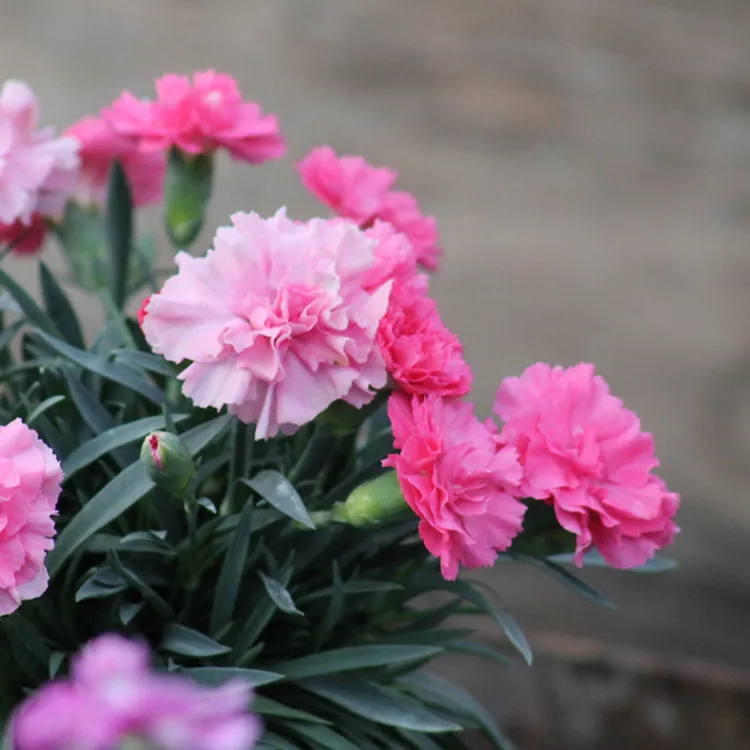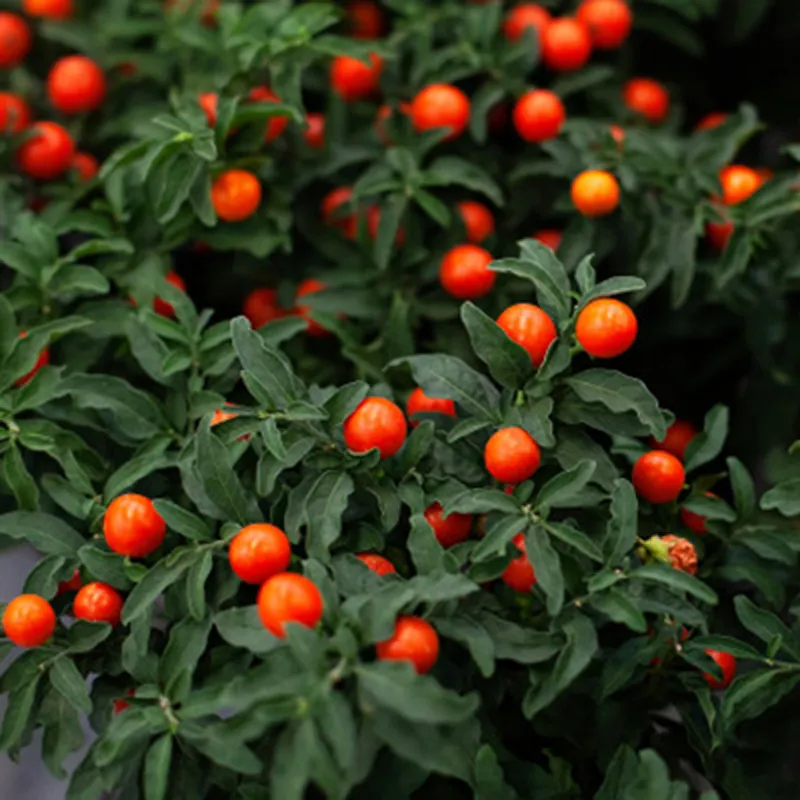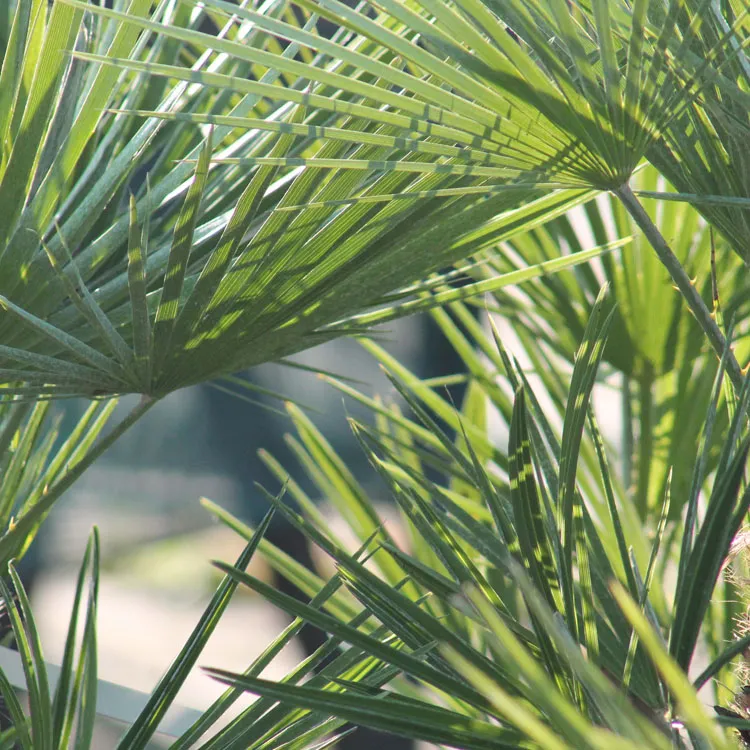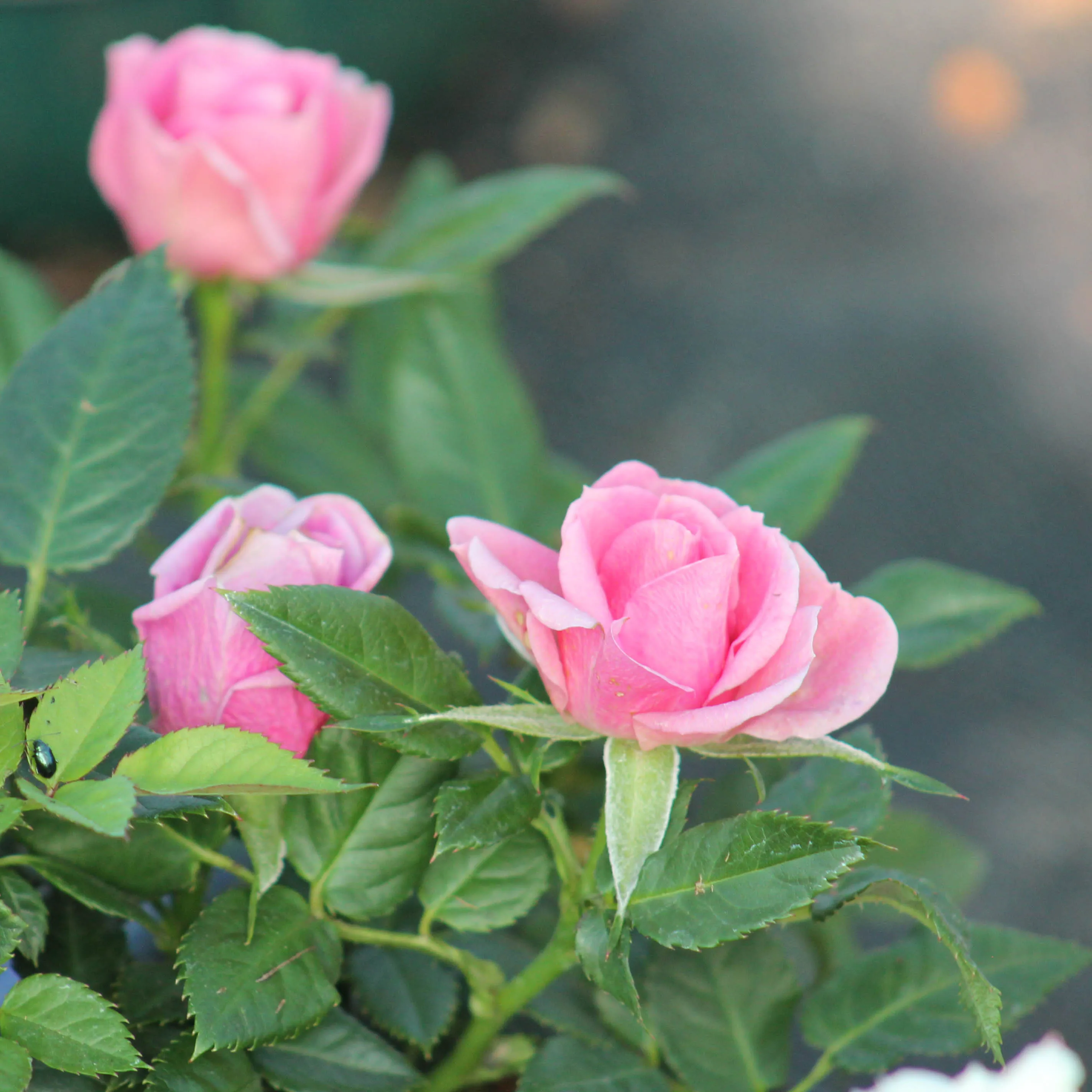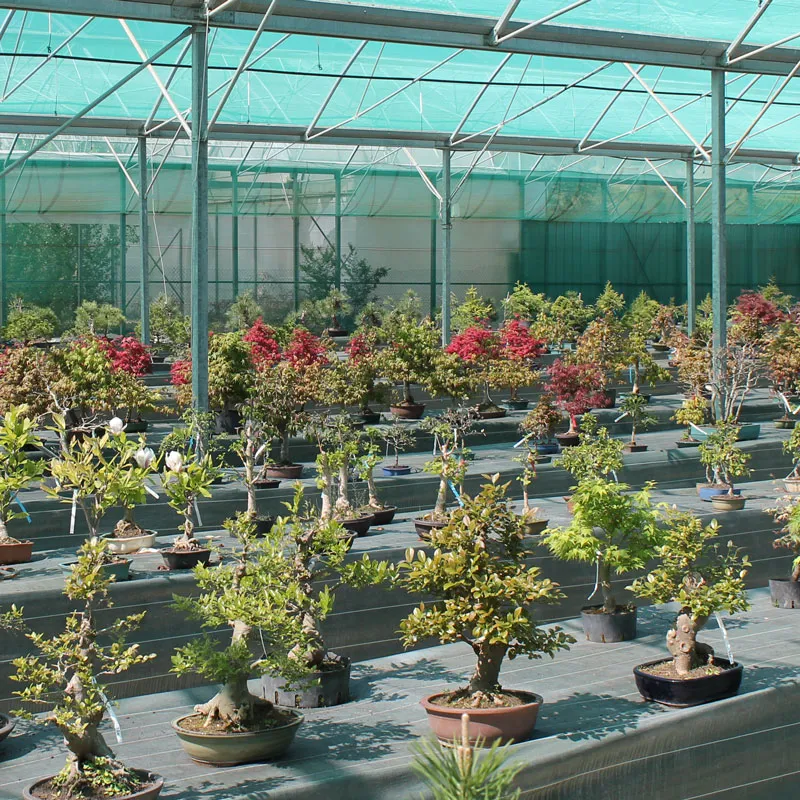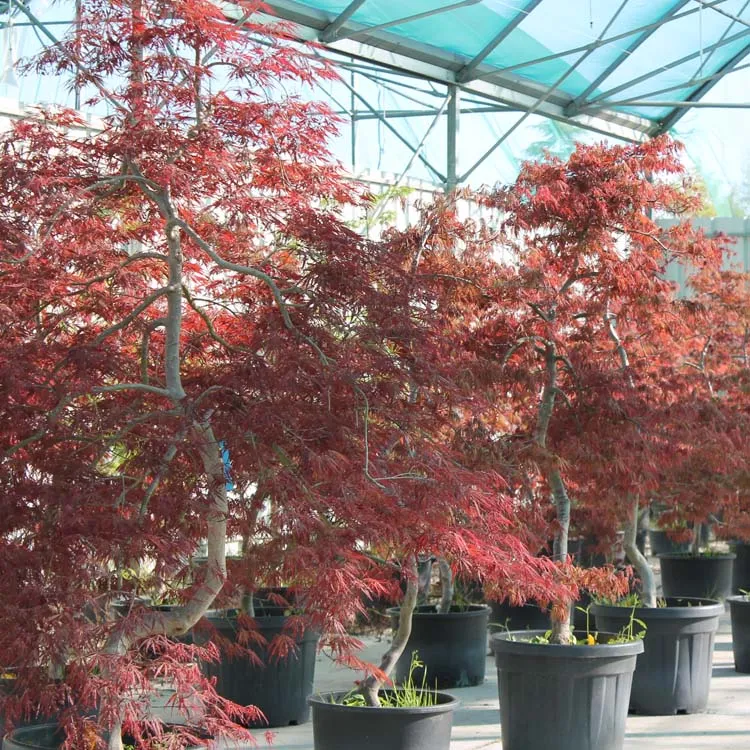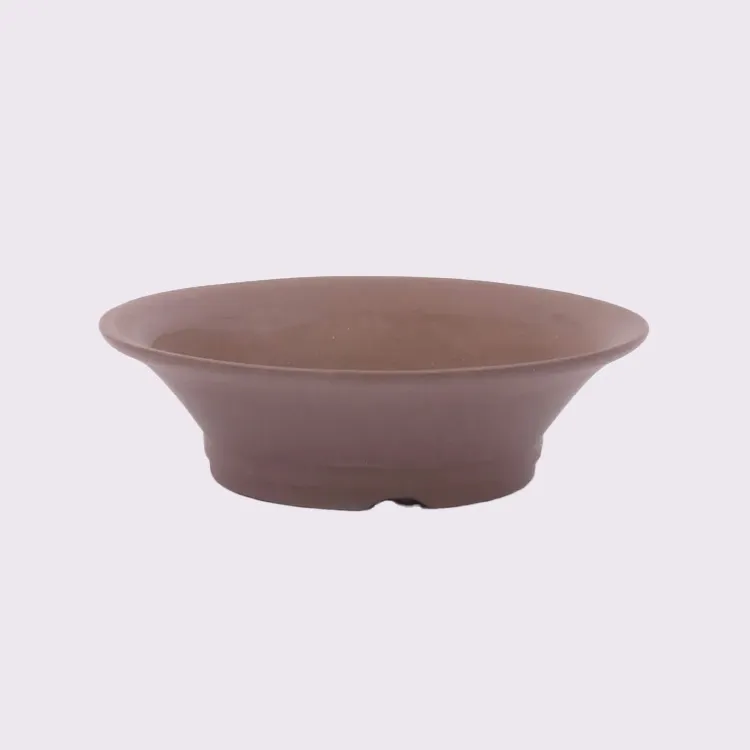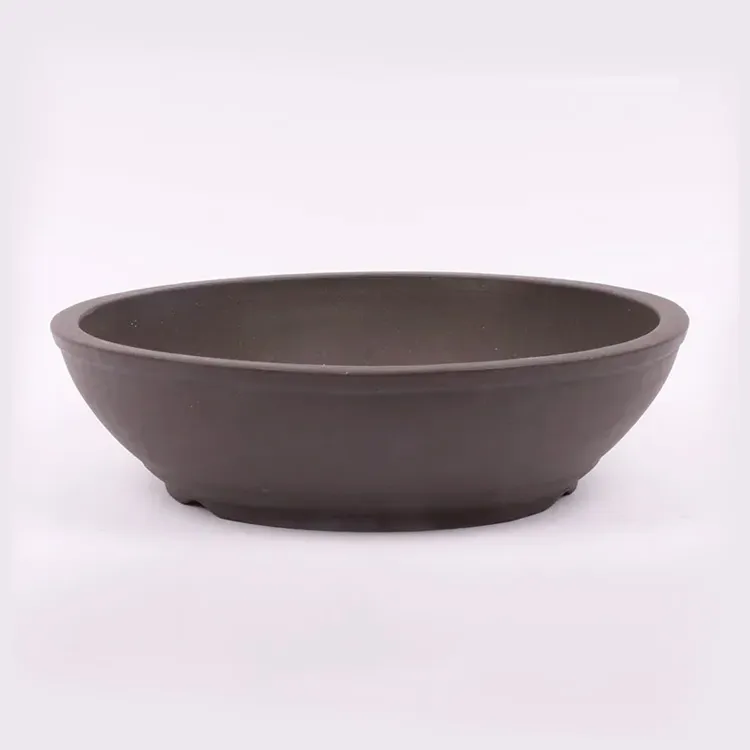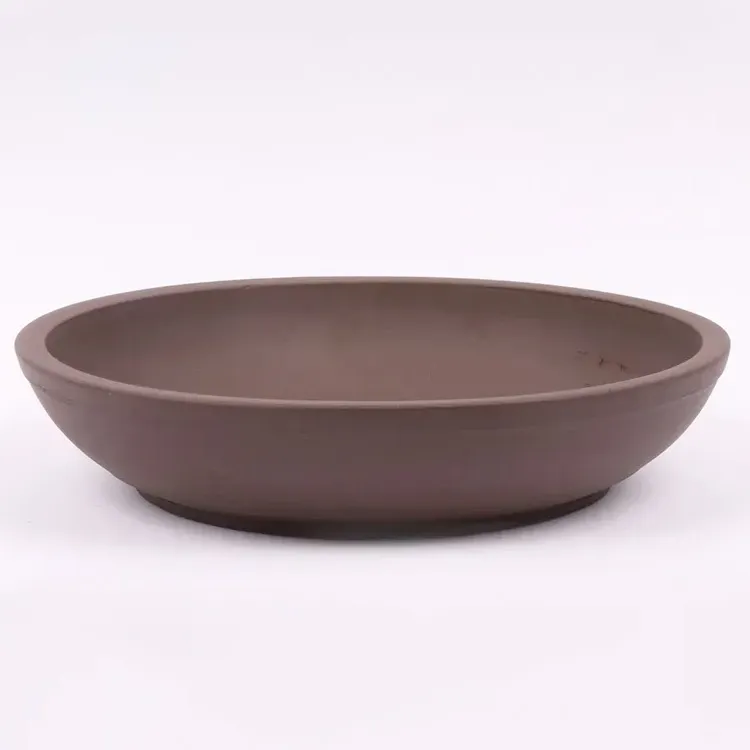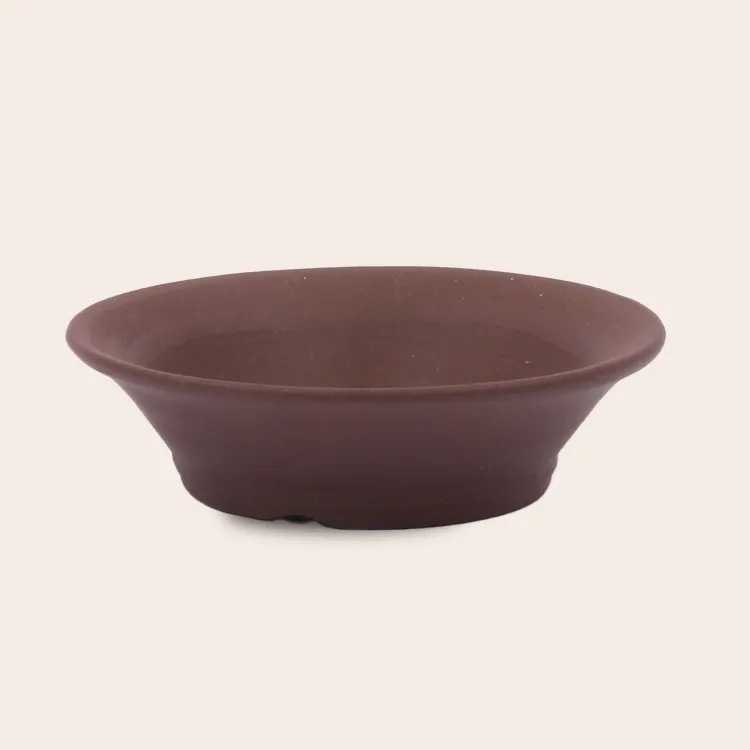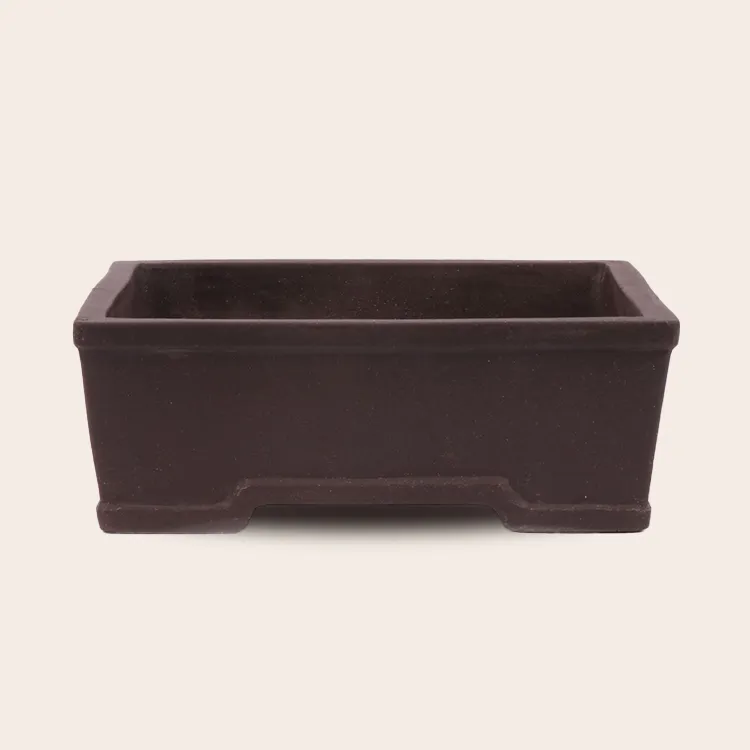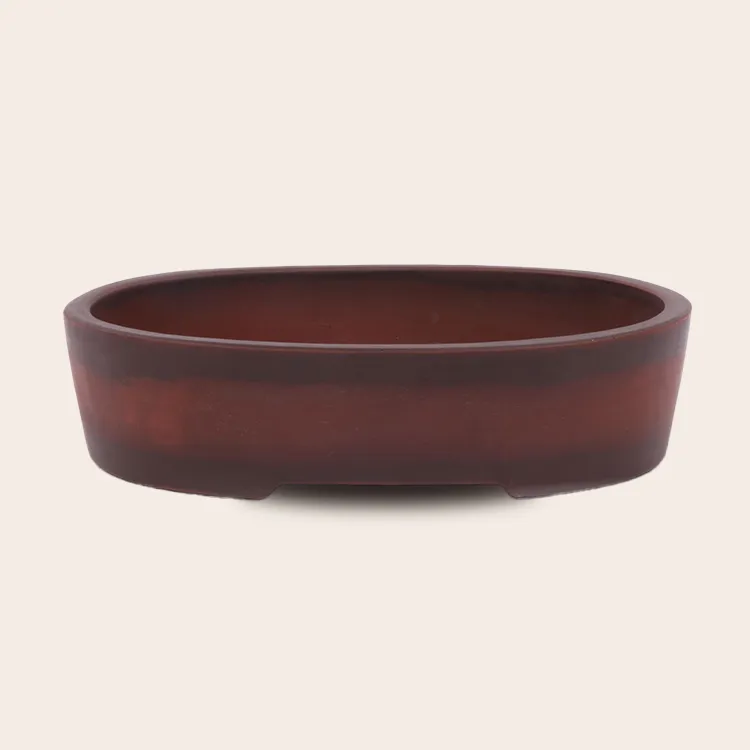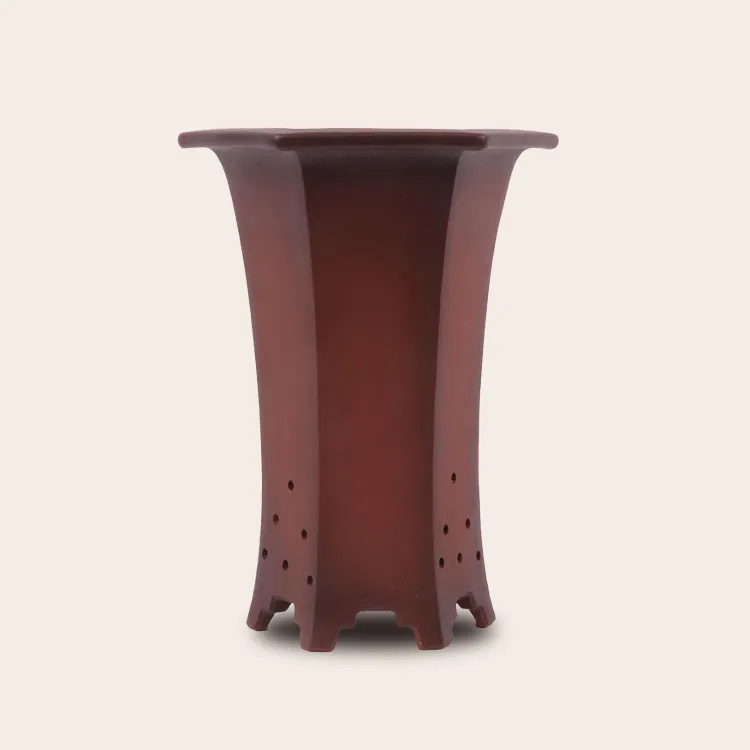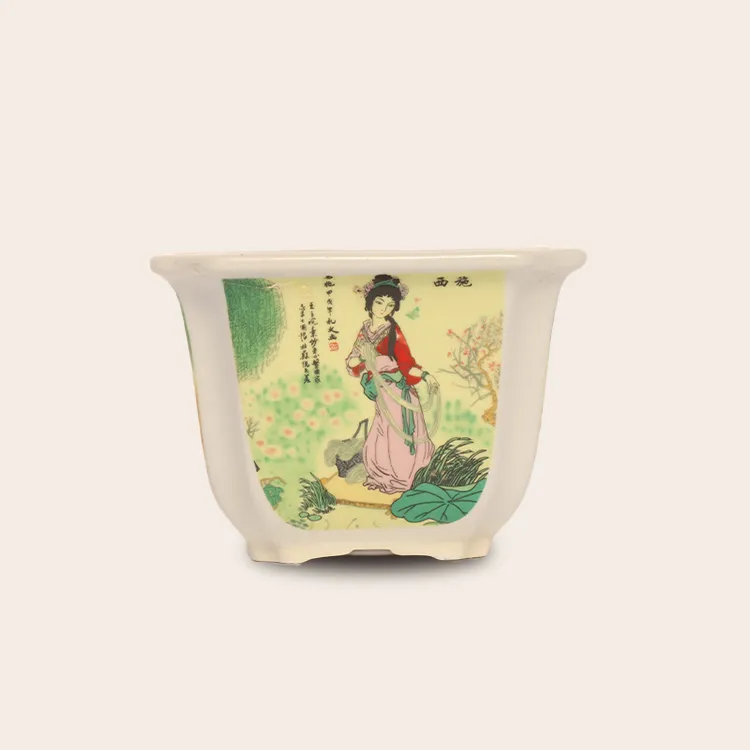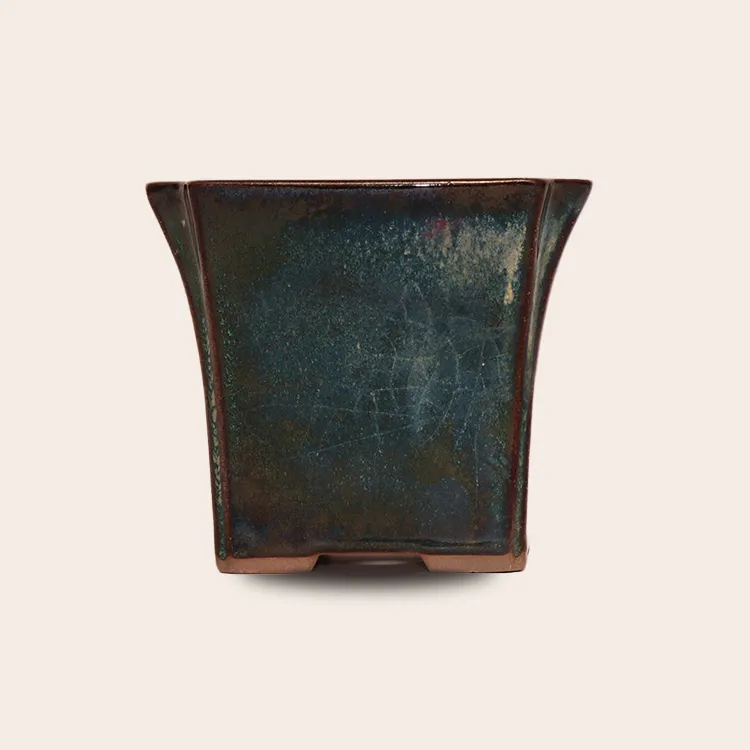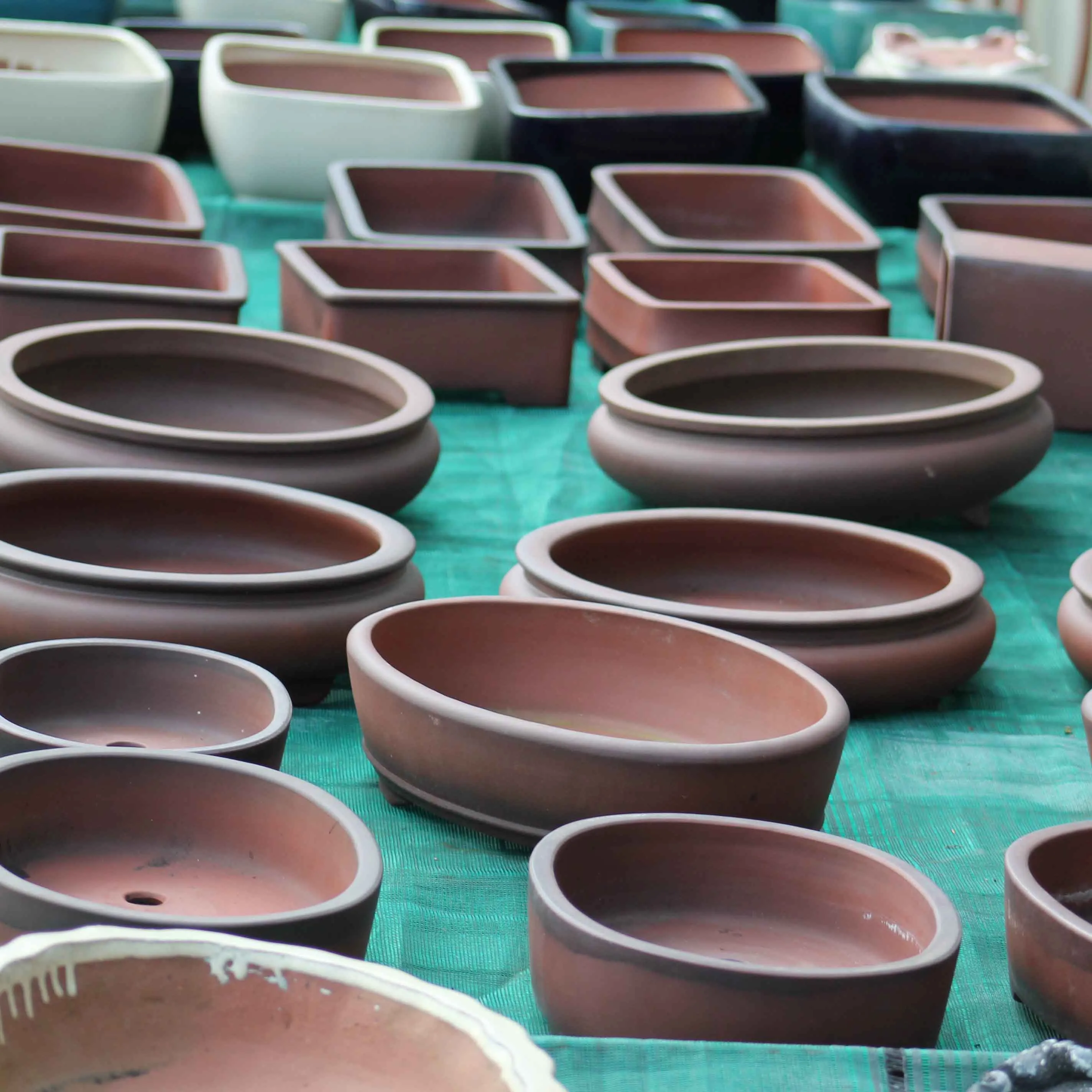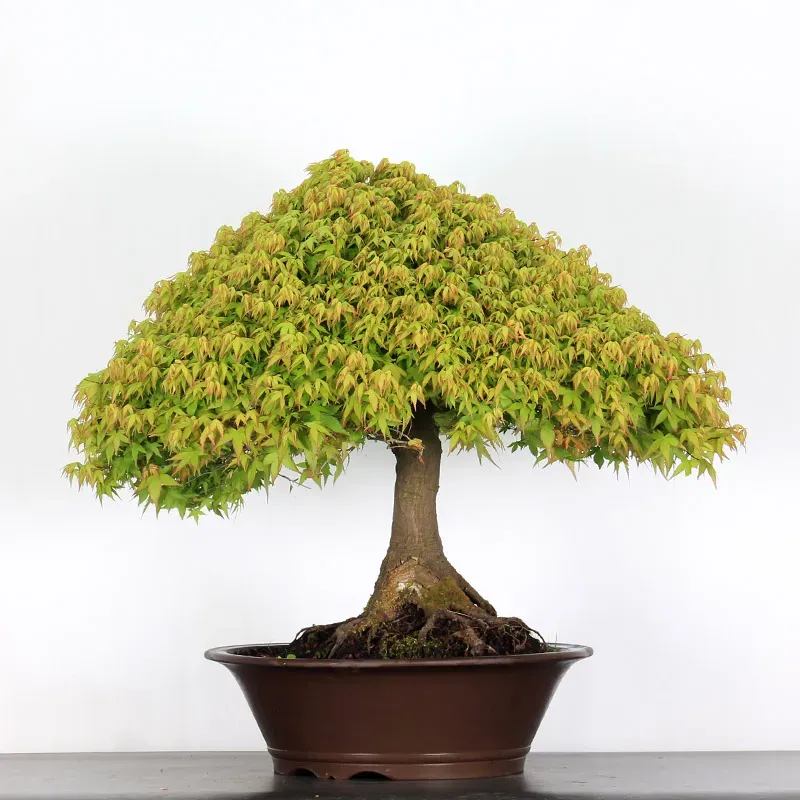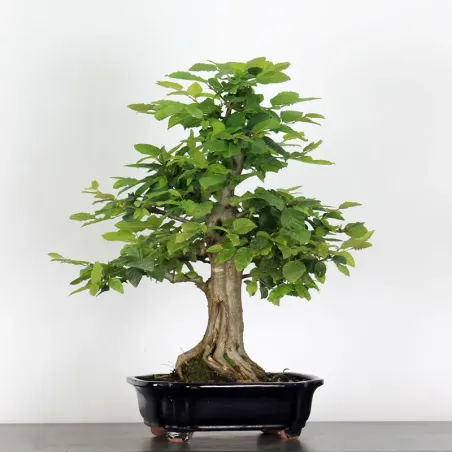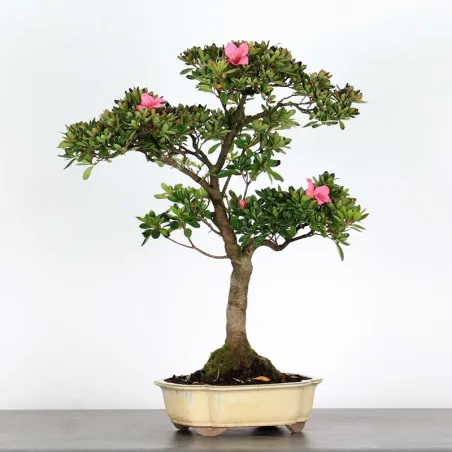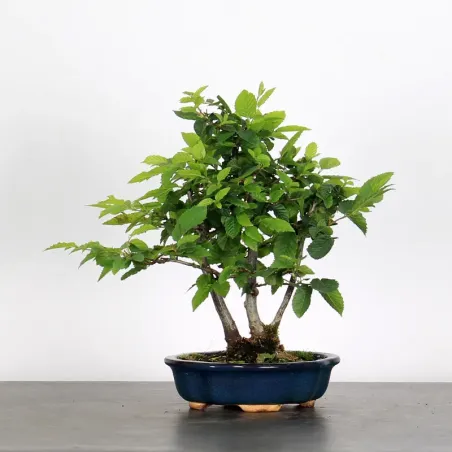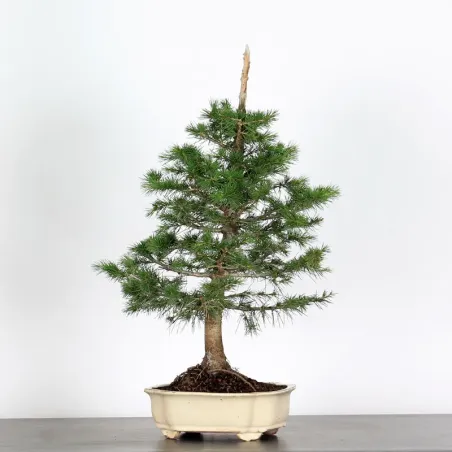Dehors toute l’année, l’érable kiyohime apprécie le soleil. Privilégiez un emplacement en plein soleil au printemps et à l’automne pour favoriser la ramification et développer de belles couleurs printanières et automnales. En été, nous vous conseillons de lui donner une exposition Est, avec du soleil le matin et de l’ombre l’après-midi. Effectivement, c’est un arbre de sous-bois qui n’apprécie guère le soleil brûlant estival. En hiver, nous vous conseillons, de le protégez des fortes gelées (en dessous de – 3°C) qui peuvent être dévastatrices pour votre arbre (exemple : voile d’hivernage, laine de verre, paillage et enveloppez le pot avec pour protéger les racines) Ainsi, avec cette protection, vous pouvez le laisser dehors sans problème.
 English
en
English
en
Bonsai
Acer kiyohime 3-6
The Kiyohime Maple is certainly the variety that we appreciate the most among bonsai maples. Its natural ball-shaped habit and rapid densification make it a very rewarding bonsai as it immediately has the appearance of a dwarf tree in its pot.
- Photos of young leaves taken in April 2025
- Winter photos taken in february 2025
Kiyohime maple in bonsai
If you're looking for a bonsai maple that will look great in your collection, look no further! The Kiyohime is the archetype of what is known as the broom shape which evokes a peaceful tree in the middle of a field. It quickly develops a beautiful branching and the color change of its foliage is a delight. It is the ideal bonsai for both beginners and more experienced amateurs.
+ Seedlings grown in the ground and then in pots
Caring for an Acer Palmatum Kiyohime
Location: Outdoors year-round, the kiyohime maple enjoys the sun. Choose a location in full sun in spring and fall to encourage branching and develop beautiful spring and fall colours. In summer, we advise you to give it an eastern exposure, with sun in the morning and shade in the afternoon. Indeed, it is an undergrowth tree that does not appreciate the scorching summer sun. In winter, we advise you to protect it from heavy frosts (below -3°C) which can be devastating for your tree (example: winter fleece, glass wool, mulch and wrap the pot with it to protect the roots) So, with this protection, you can leave it outside without any problem.
Watering: Maple does not like dry water, so always keep the soil moist so water it regularly while letting the root ball dry out slightly between waterings to avoid excess water. Watering will be done very regularly, in hot weather, it's every day ! On the other hand, in winter, water according to the soil monitoring you do. Thanks to the rain and cold, you won't necessarily need to water regularly since the substrate will remain moist.
To do it well: Don't hesitate to water the entire root ball up to the roots, the water will drain away through the holes under the pot or bathe it in water (drenching) for a few minutes, to be sure to water it well. We do not recommend putting a cup/container underneath your pot as the water will stagnate and can cause root rot. (Too much water = asphyxiation).
Substrate and repotting: The kiyohime maple likes cool soils with a good share of organic matter. In the nursery, we use agricultural potting soil which is composed of black peat peat, blond peat, eco-aged, topsoil, horse manure, pozzolana. Repotting is done in the spring, when the first leaves appear. The ideal time is when the bonsai has started to grow. At this point, it will heal the root cuts faster and create new ones. Thus, avoid repotting in the middle of winter and autumn.
Waist: During the growing season, the first pruning is done in May, do not hesitate to prune well and cut back to the side to prevent the maple from spreading, keep its rounded shape without touching the head, the leaves of the second shoot will be more resistant to the sun. Do the second pruning in the summer
Fertilization: In the nursery, we use blue tomato/flower fertilizer NPK 12 12 17. You can use some and put a handful (small or large depending on the size of the pot) on the substrate from May to October, every 2 months alternating chemical/organic.
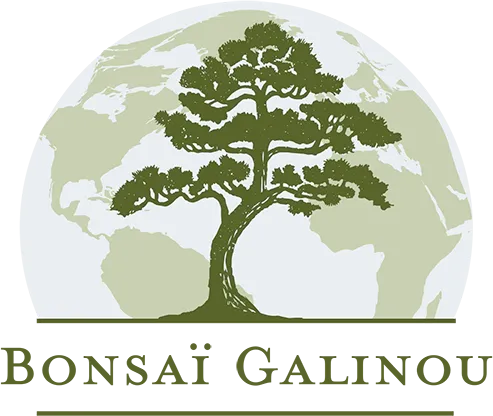
 Production of French Bonsai
Production of French Bonsai
